The Monk’s Trail in Chiang Mai is more than a simple hiking path—it’s a thread of devotion that has bound the city to the mountain for centuries. Known as the traditional path leading up to Wat Phra That Doi Suthep, one of northern Thailand’s most revered temples, the trail earned its name because it was once—and still is—walked by monks.
Even today, in the quiet hours of early morning, you may encounter saffron-robed figures moving gracefully along the forested path, sandals brushing over roots and leaves as they carry offerings and prayers up the mountainside. Watching them ascend in silence reminds you that this trail isn’t just a recreational hike—it’s a living act of faith and continuity.
The legend of Doi Suthep itself deepens the meaning of the journey. According to tradition, a relic of the Buddha was enshrined on a white elephant, which climbed the slopes of the mountain until it reached a resting point. There, the elephant trumpeted three times before lying down and passing away, signaling the sacred spot where Wat Phra That Doi Suthep would be built.
The Monk’s Trail, then, feels like a humble extension of this legend—a way of approaching the mountain not with haste, but with reverence, each step echoing centuries of devotion.
The hike: a short but otherworldly path
The trail itself is modest in length, often taking around forty minutes from the base to Wat Pha Lat, but what it lacks in distance it makes up for in atmosphere. The forest embraces you almost immediately, its canopy filtering sunlight into shifting patterns of gold and green.
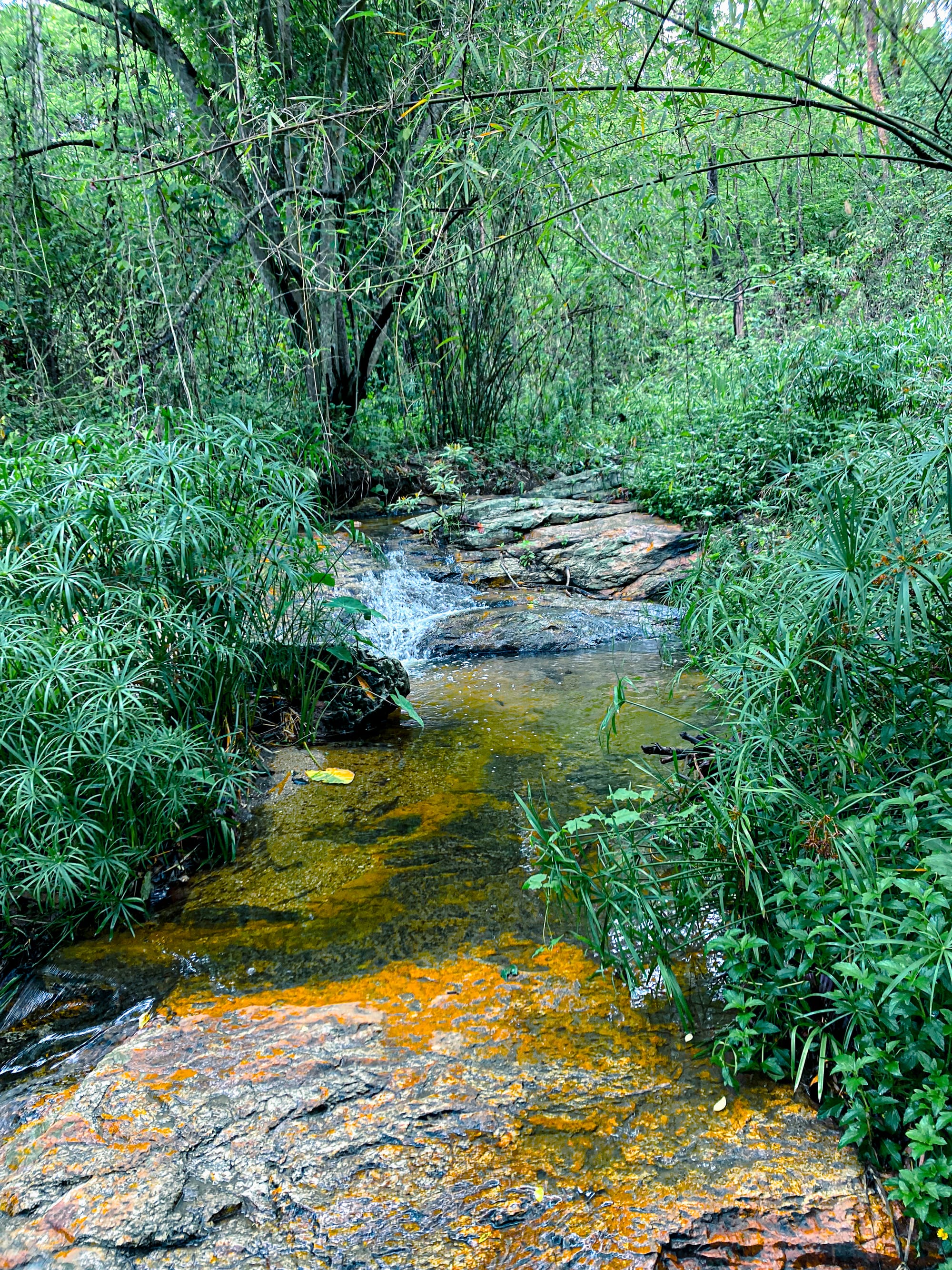
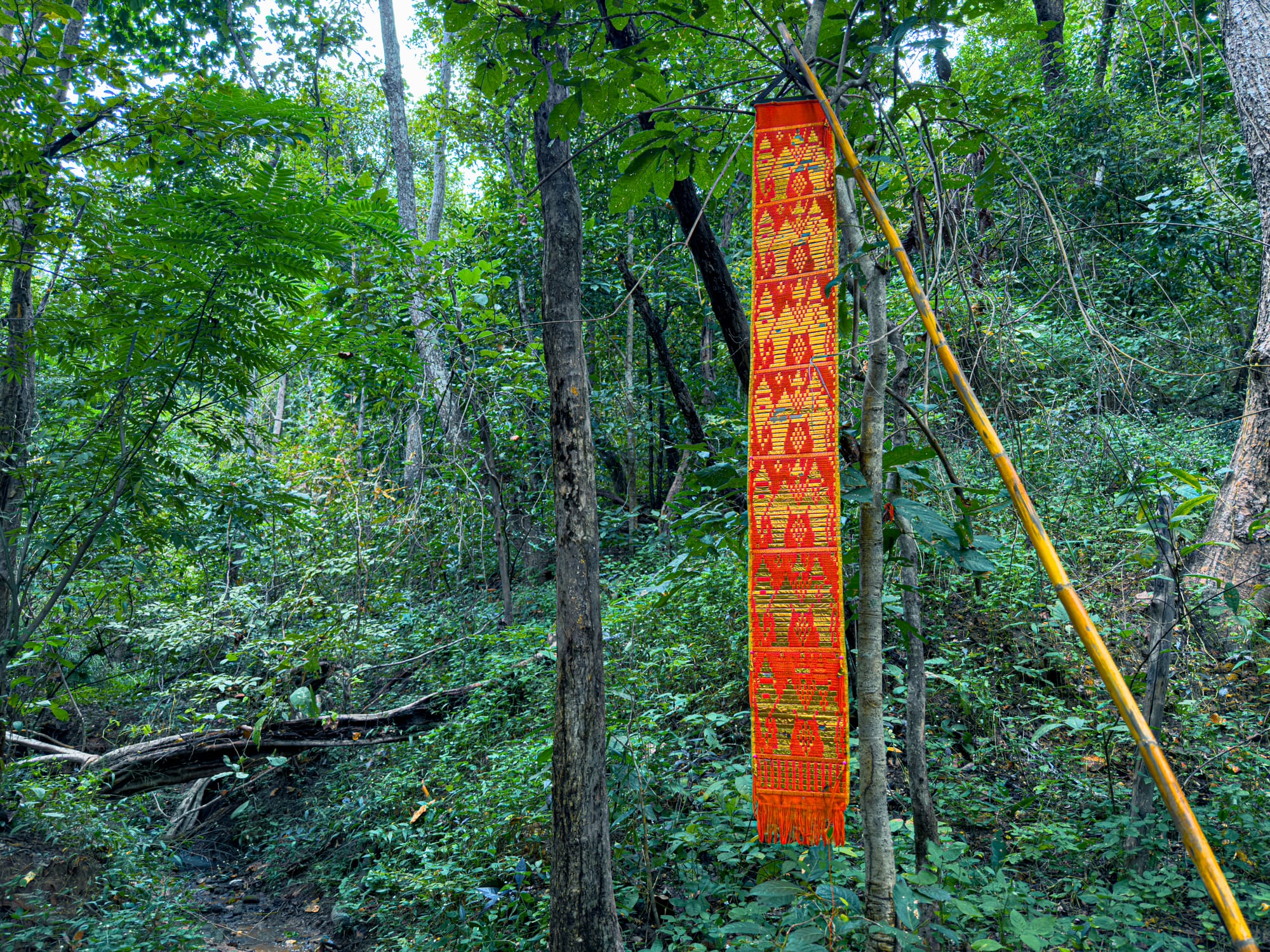
Streams weave through moss-colored stone and jungle greenery, while bright prayer banners flutter along the trail
The air hums with cicadas and birdsong, while the earthy scent of moss and wet leaves grounds you in the present. Small streams cross the path, their trickles and pools reflecting the sky through gaps in the trees. The way is steep at moments but never overwhelming, and the sense of peace far outweighs any exertion.
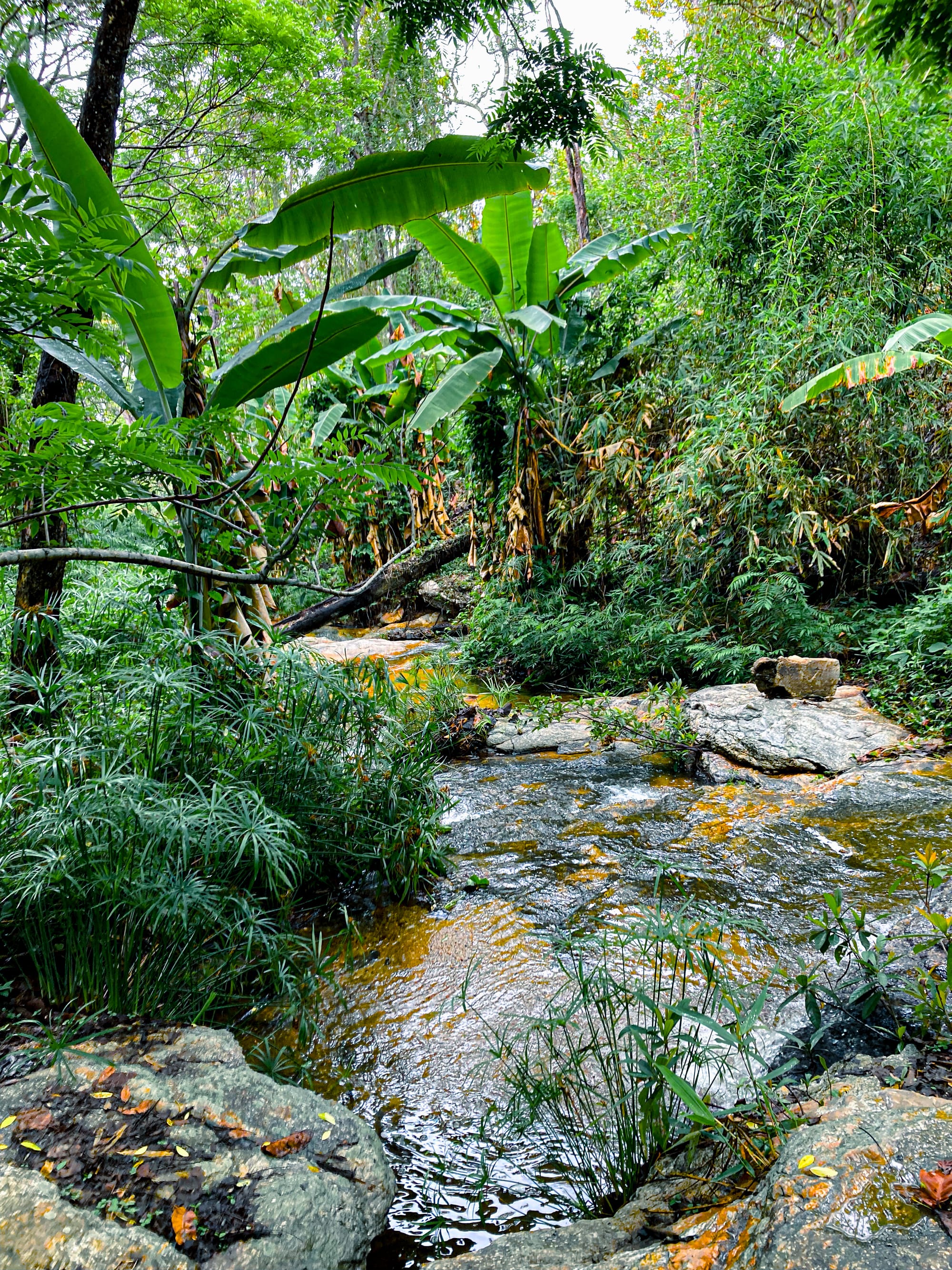
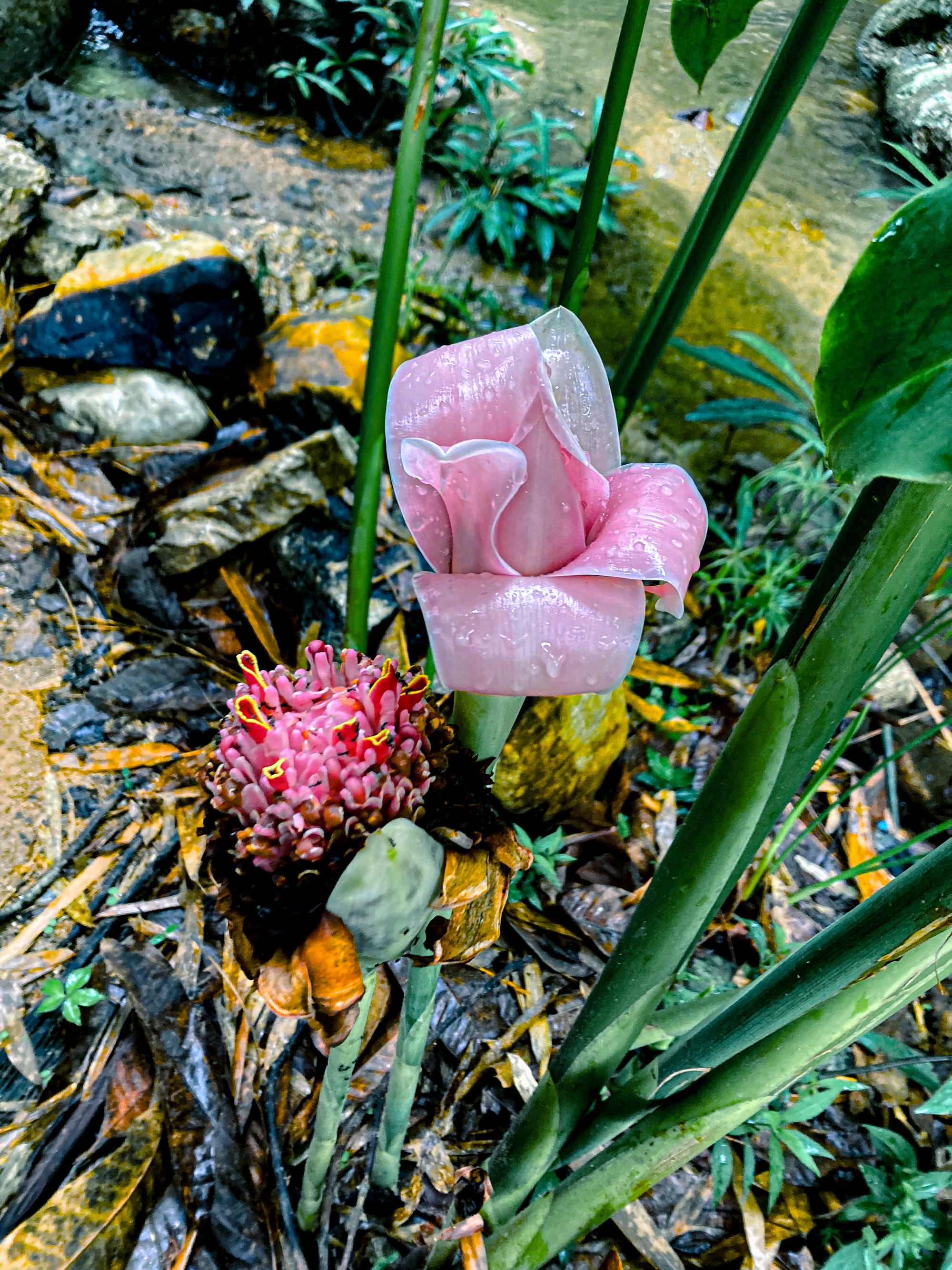
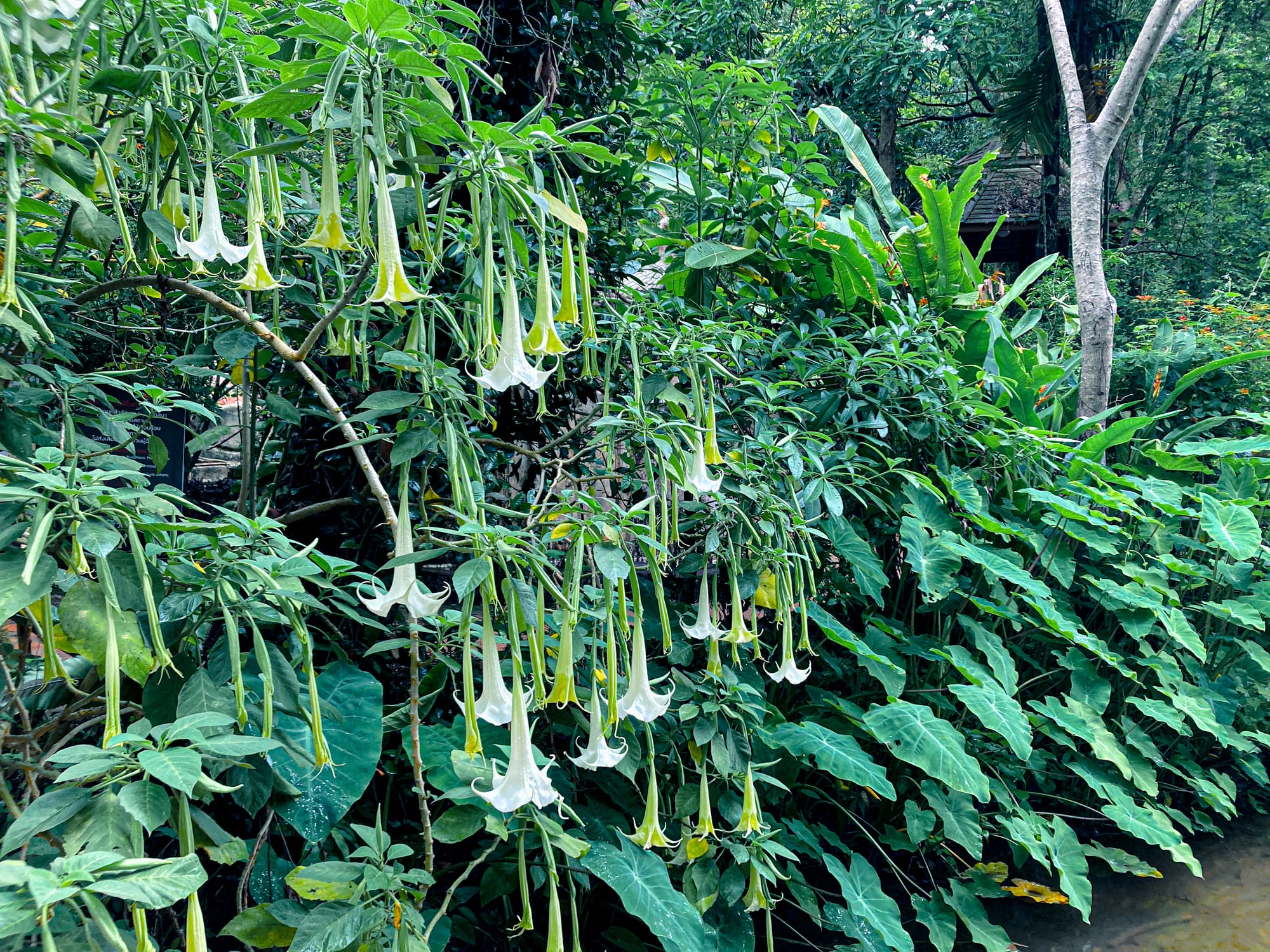
Every step seems to deepen the quiet, as though the forest itself is absorbing sound. It’s easy to understand why monks chose this path to ascend the mountain: walking here naturally draws your thoughts inward. You may notice the faint outlines of old stone steps in certain places, eroded by time but still whispering of the countless feet—monks, pilgrims, and wanderers—that have walked this way before.
Arriving at Wat Pha Lat: a hidden forest sanctuary
The moment you arrive at Wat Pha Lat, the sense of enchantment is undeniable. Unlike the grand golden spires of Doi Suthep, Wat Pha Lat is humble, almost hidden, nestled among jungle trees and perched beside a rushing waterfall.
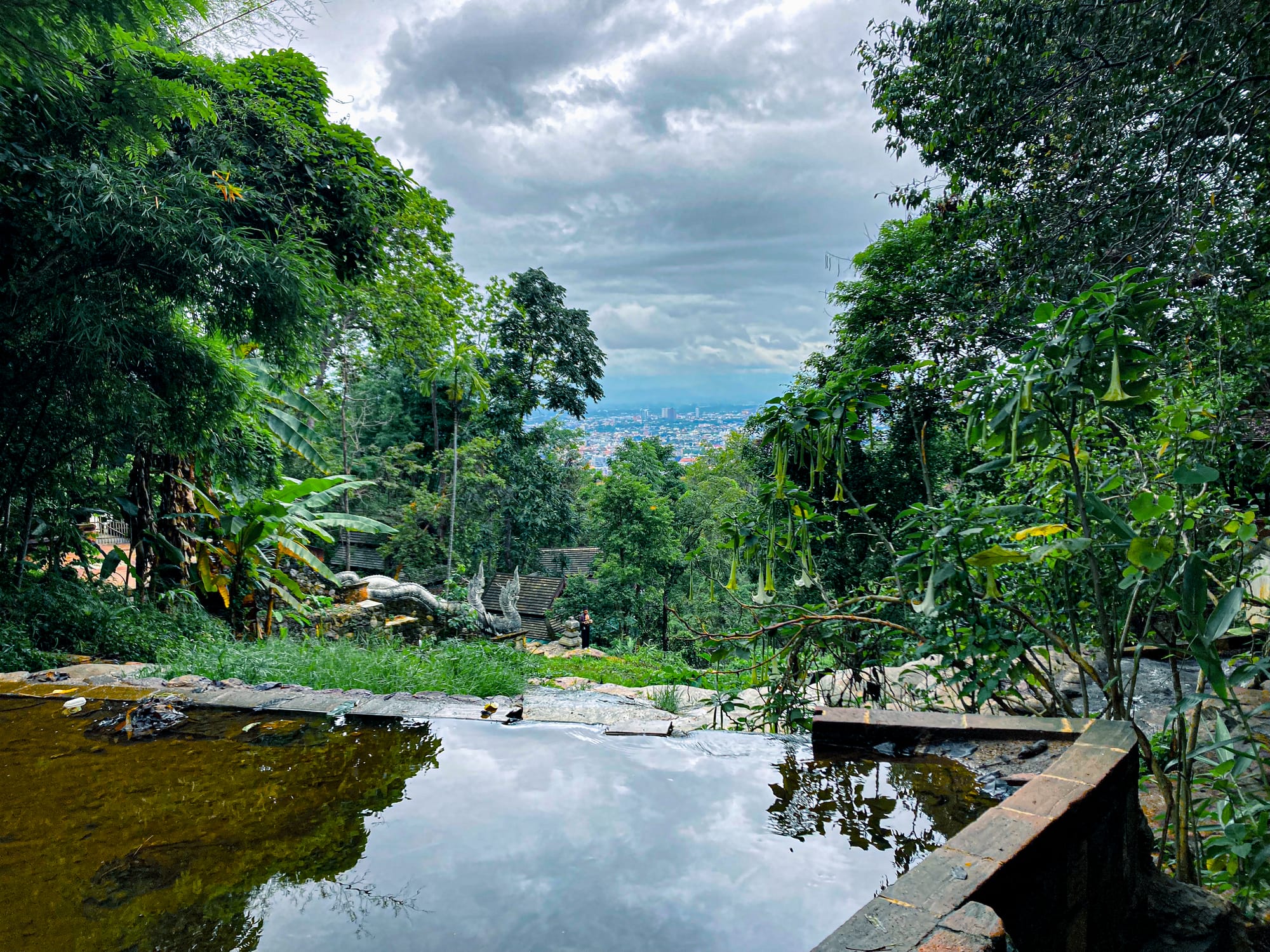
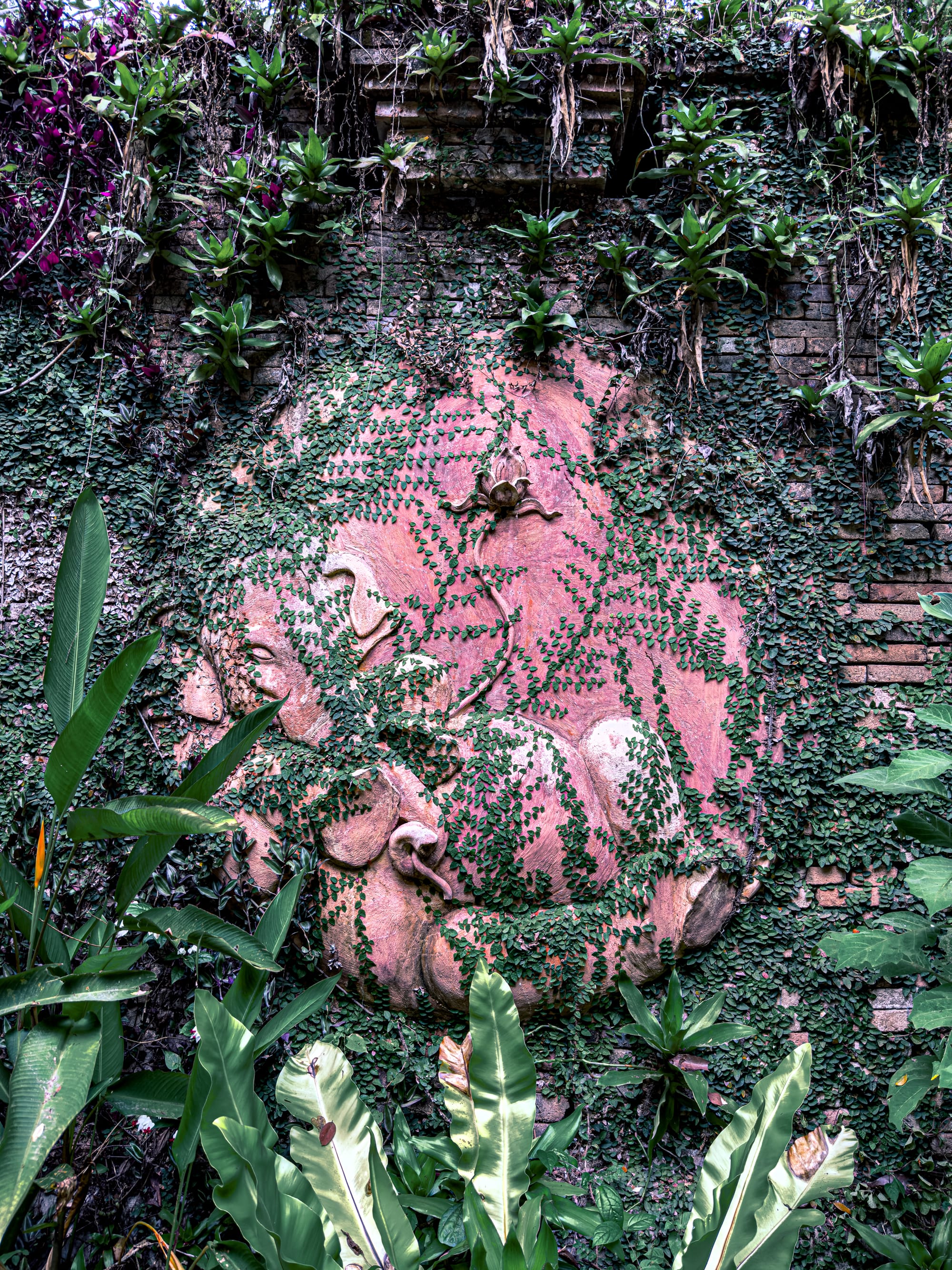
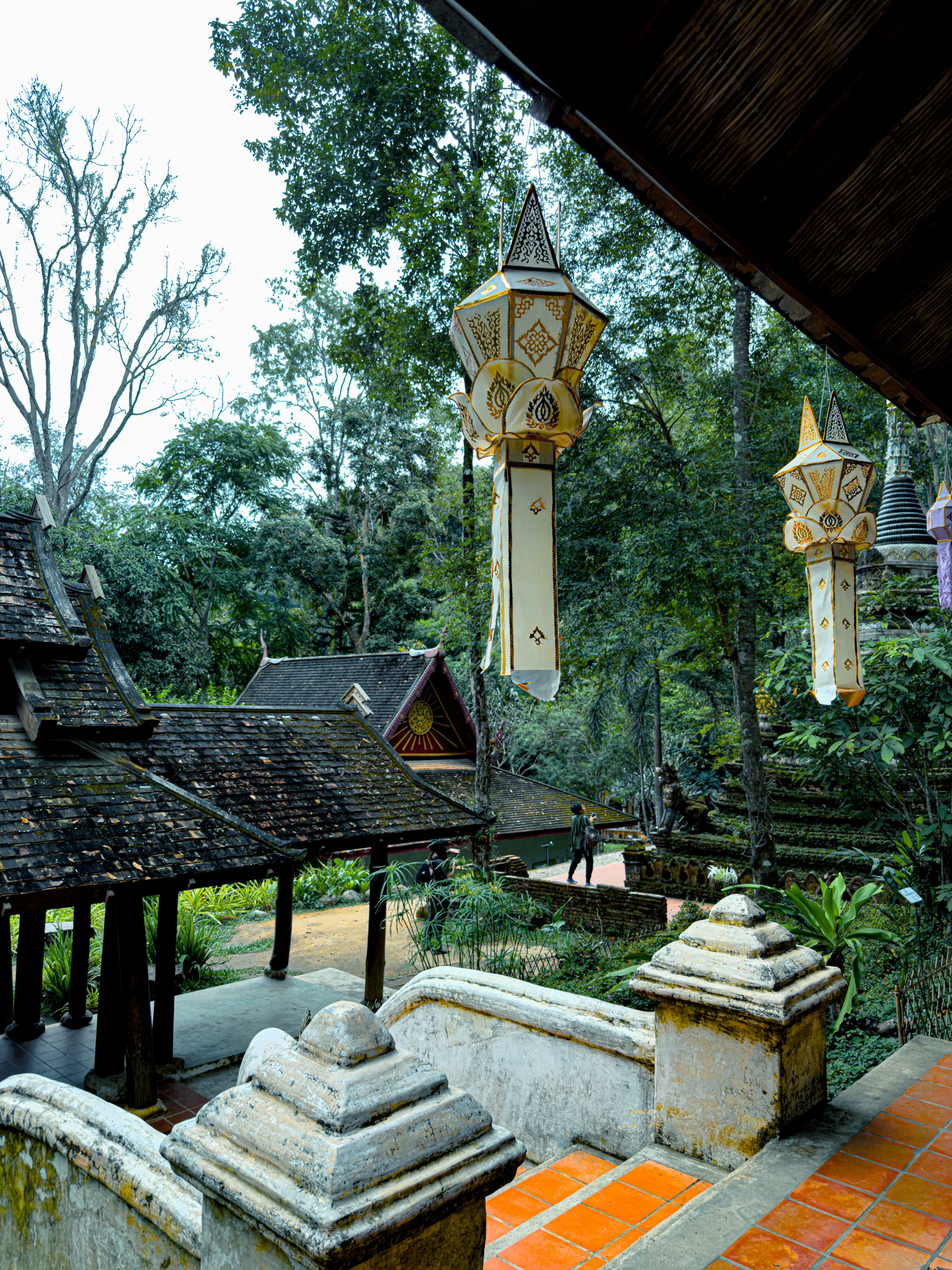
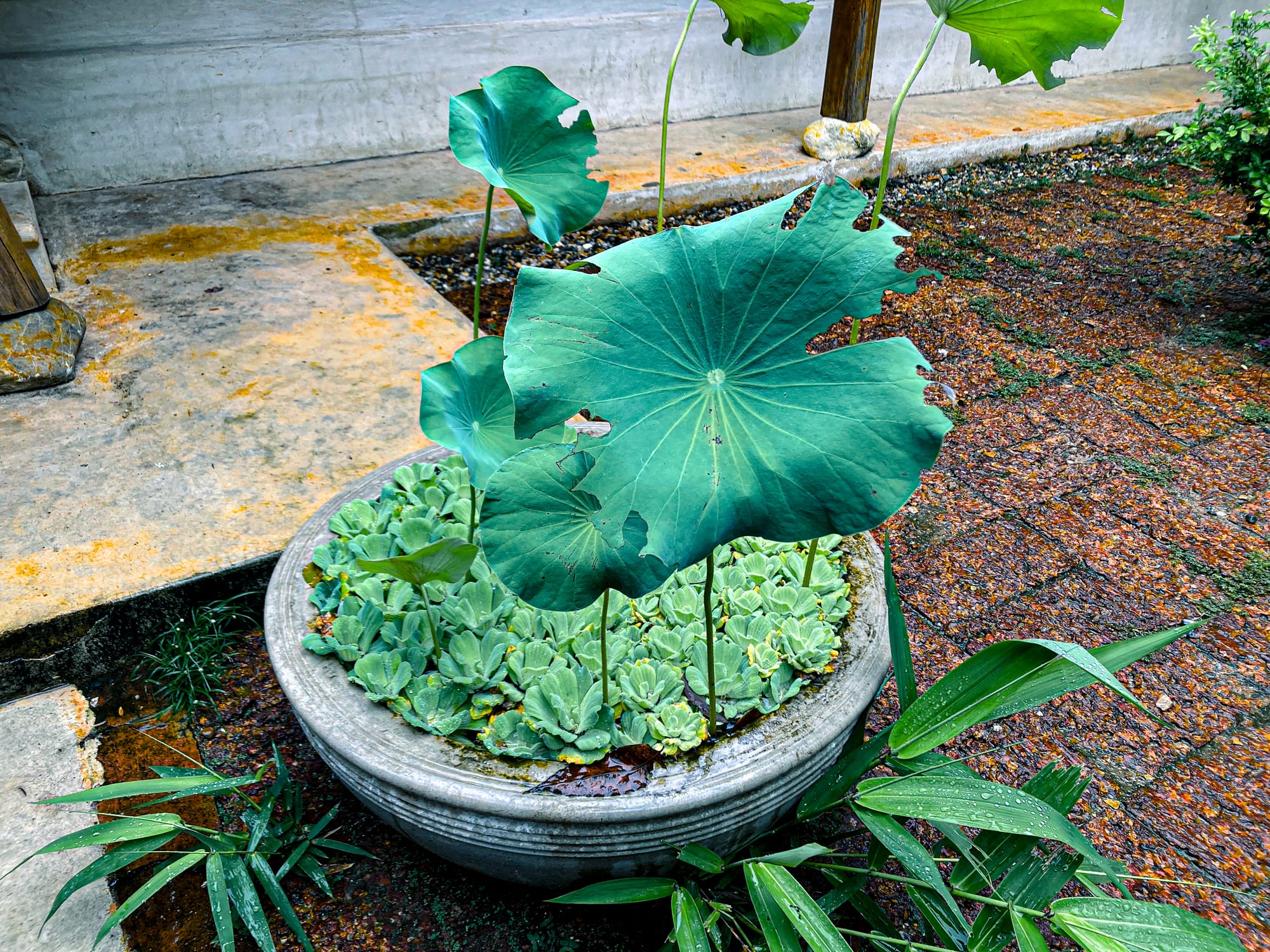
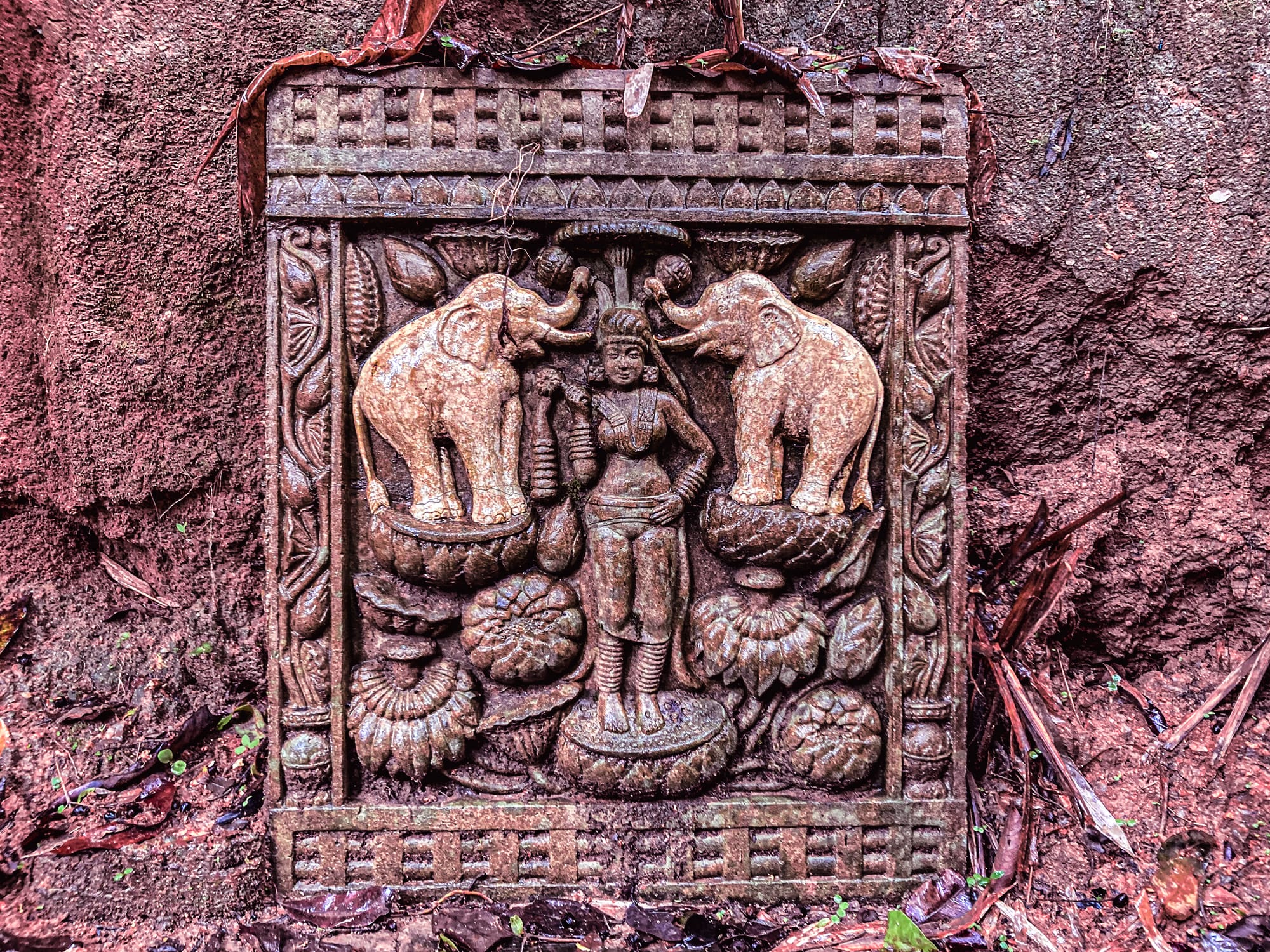
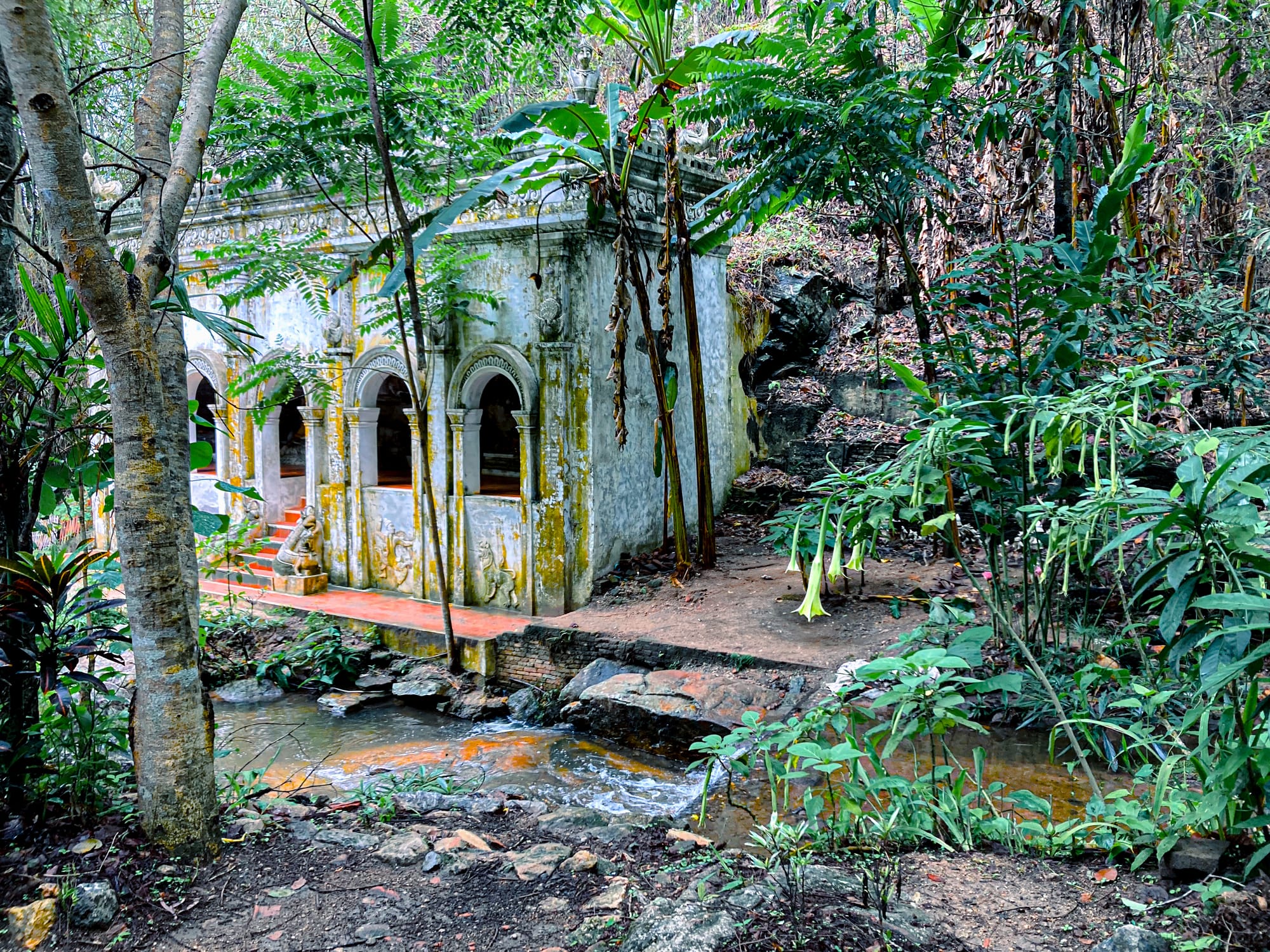
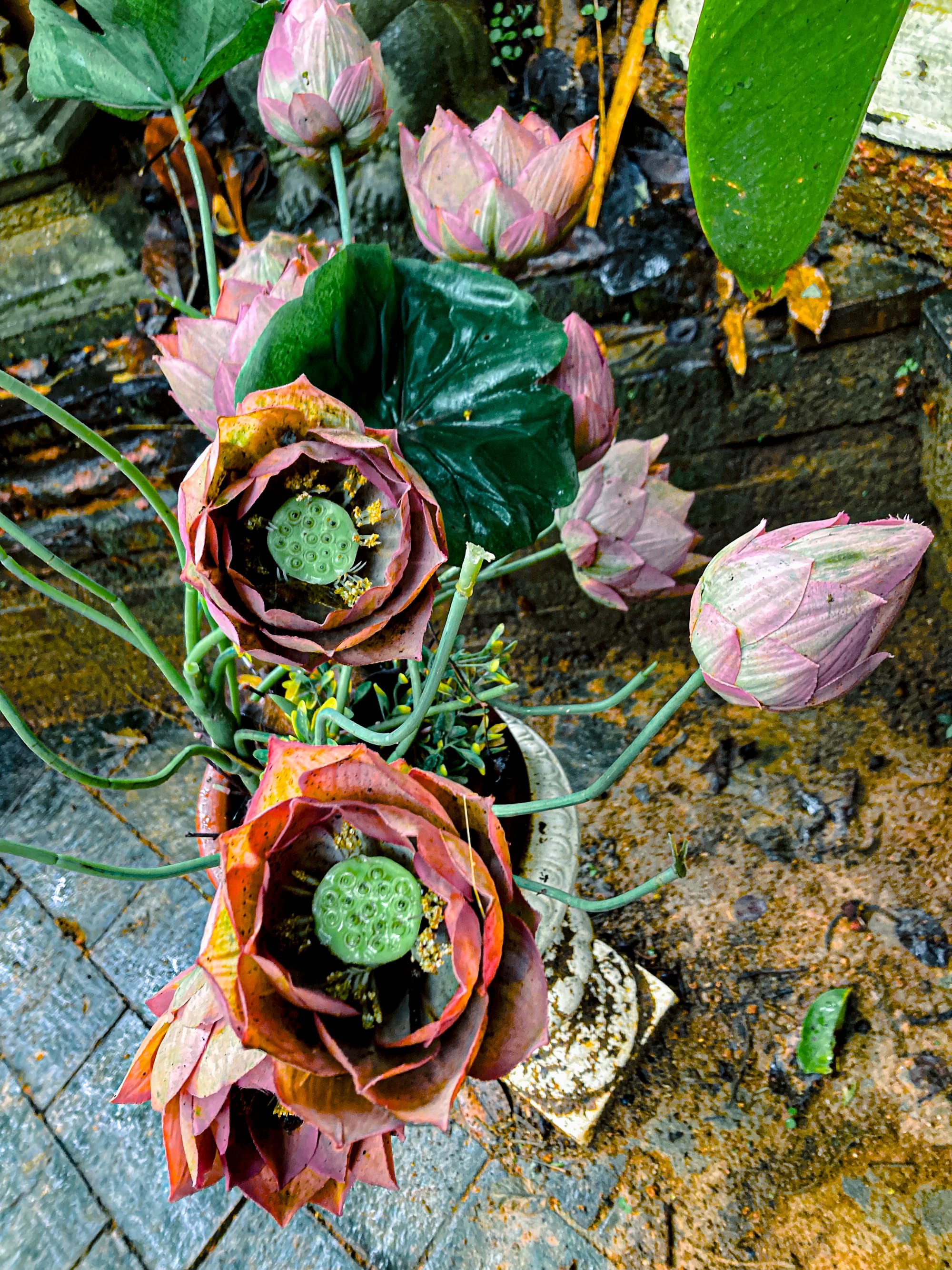
Scenes from Wat Pha Lat
The temple grounds seem woven into the landscape rather than imposed upon it—moss-covered statues sit quietly among roots, stone steps lead to shrines draped in vines, and lotus ponds mirror the canopy above.
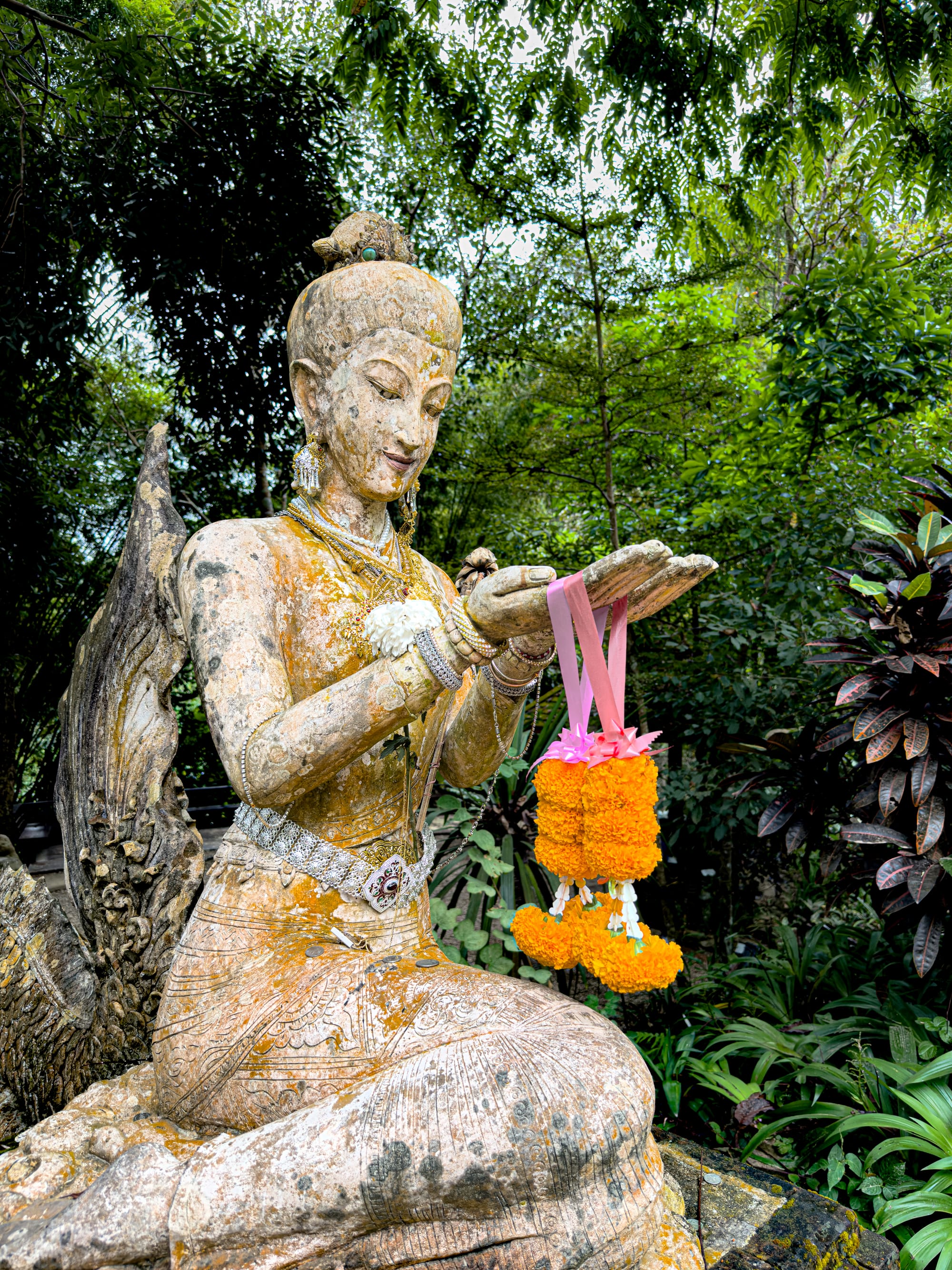
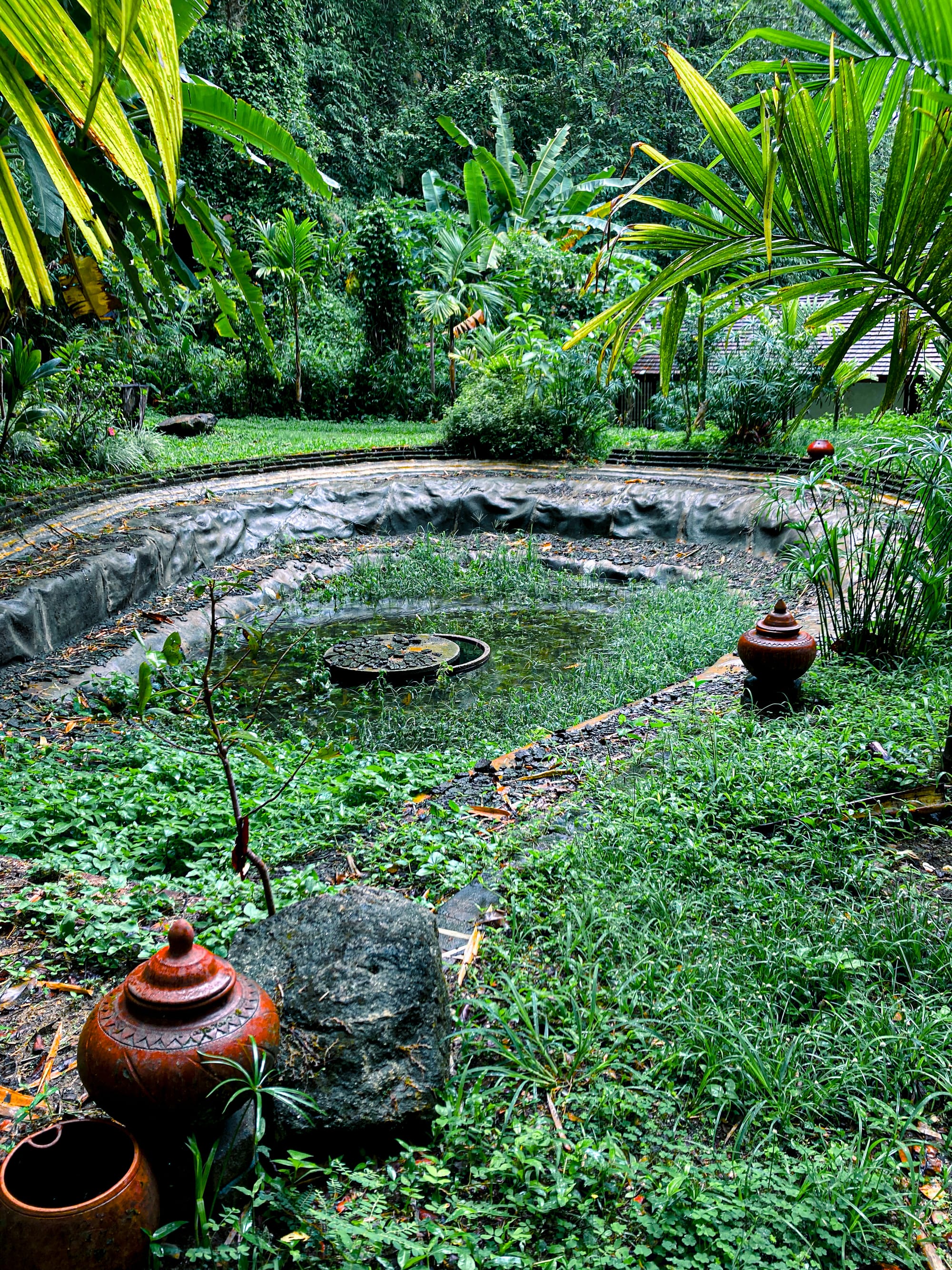
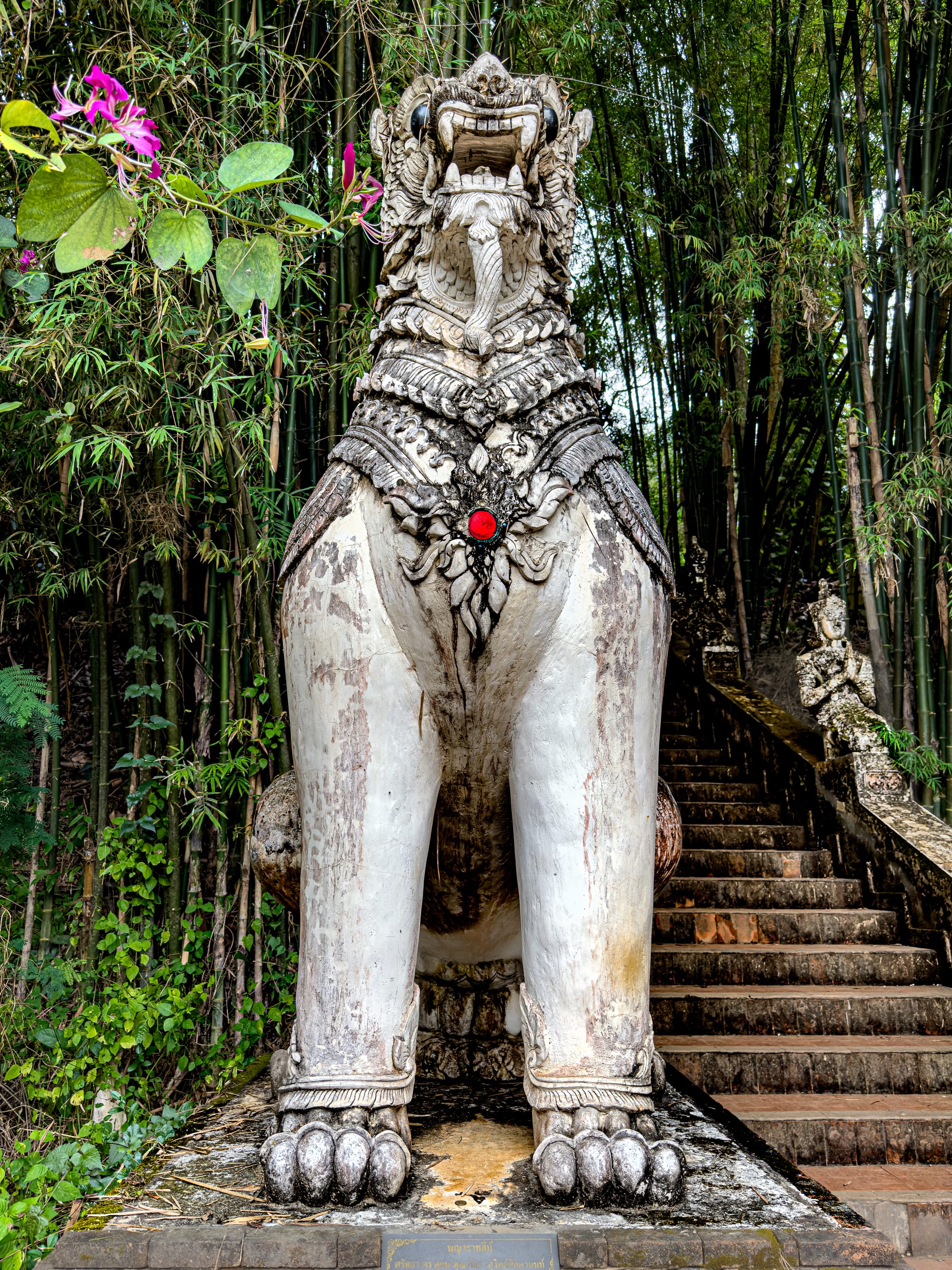
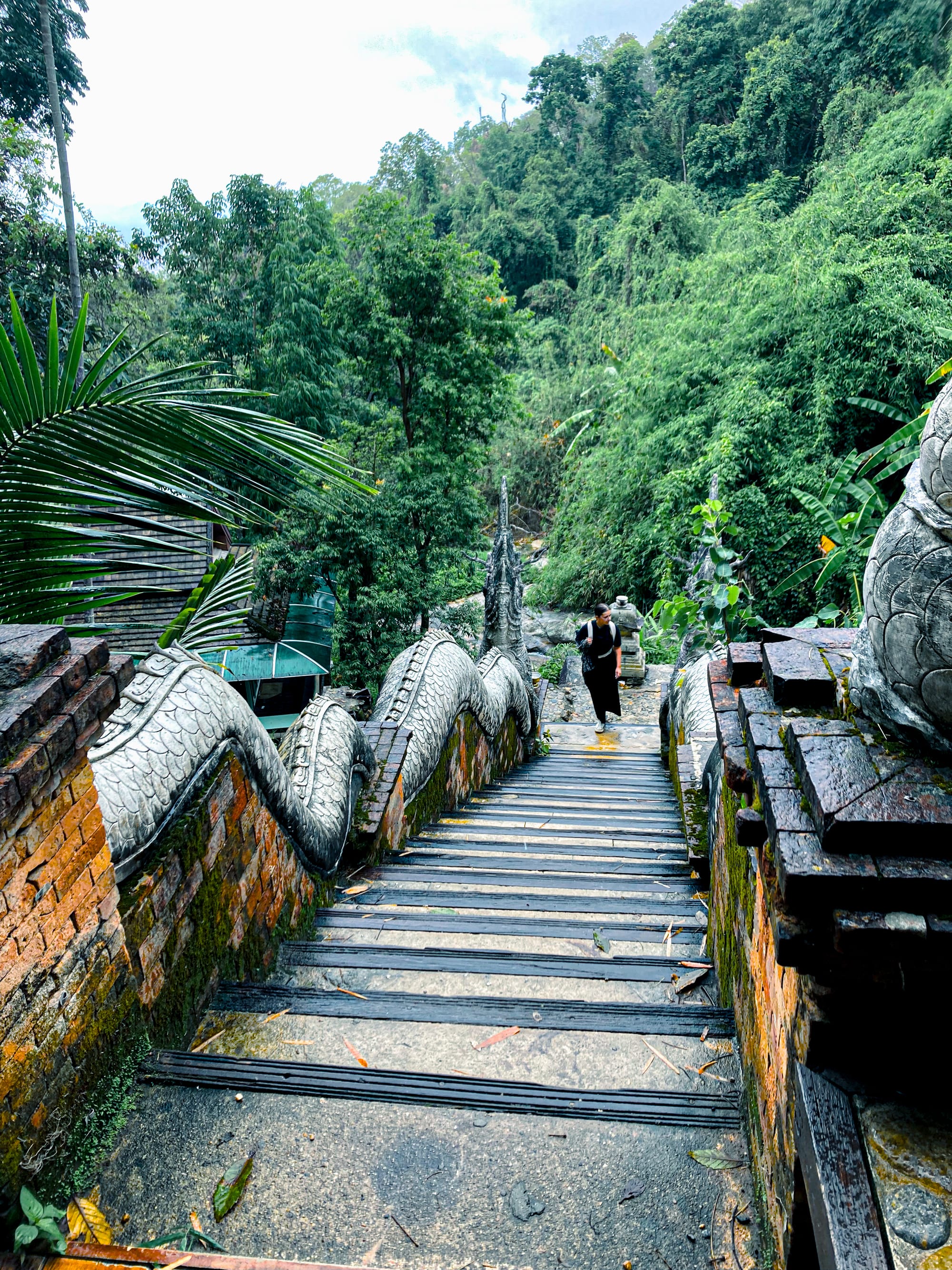
Scenes from Wat Pha Lat
The soundscape is as powerful as the visuals: water tumbling over rocks, cicadas vibrating in waves, the occasional rustle of leaves stirred by mountain breezes. Incense drifts lazily from altars, mingling with the sharp, green scent of the forest.
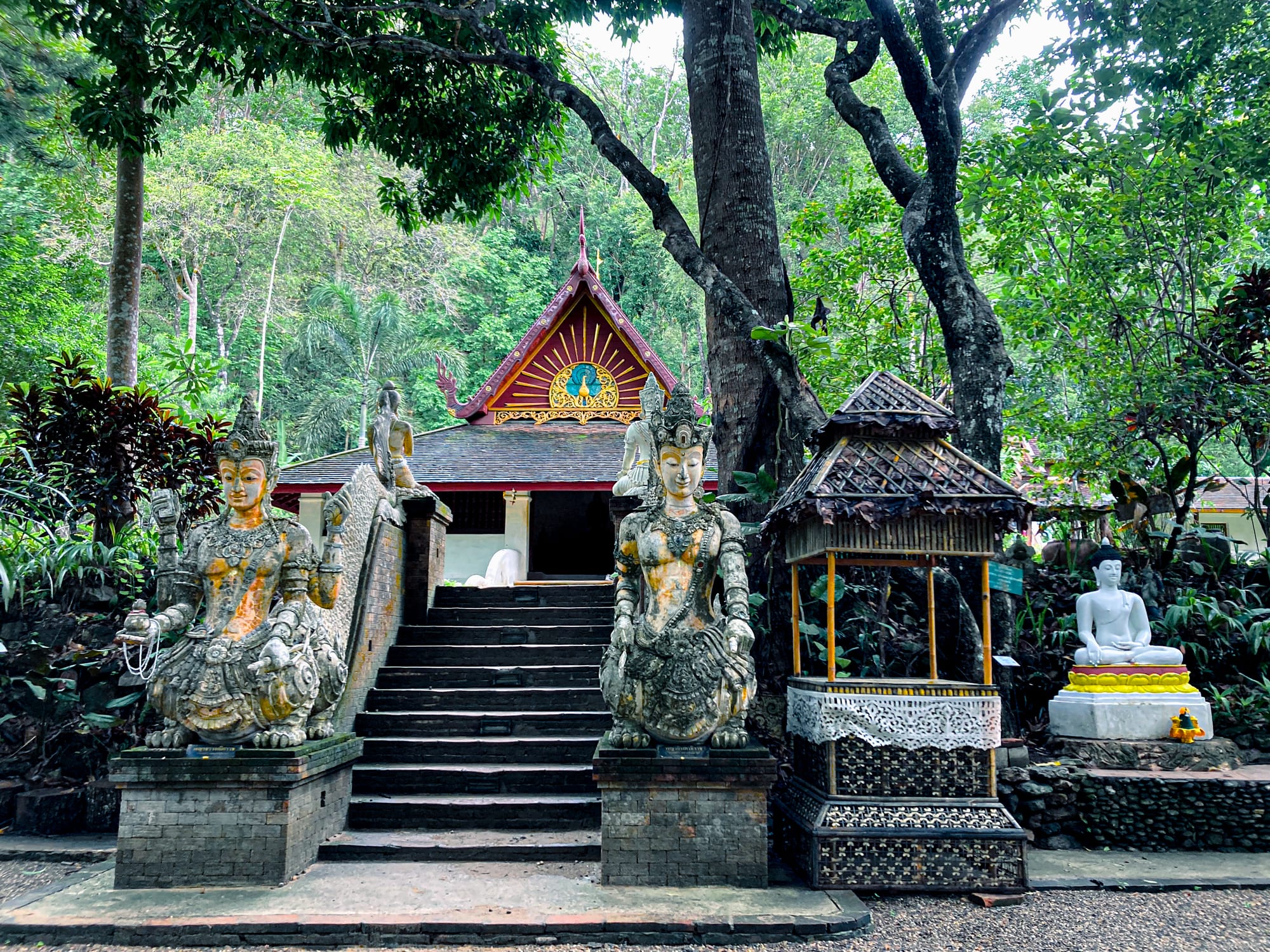
Monks move about the grounds softly, their saffron robes a striking contrast against the jade-green foliage and gray stone. Sometimes they tend to the gardens, sometimes they sit in meditation by the pond, their presence grounding the space in living practice.
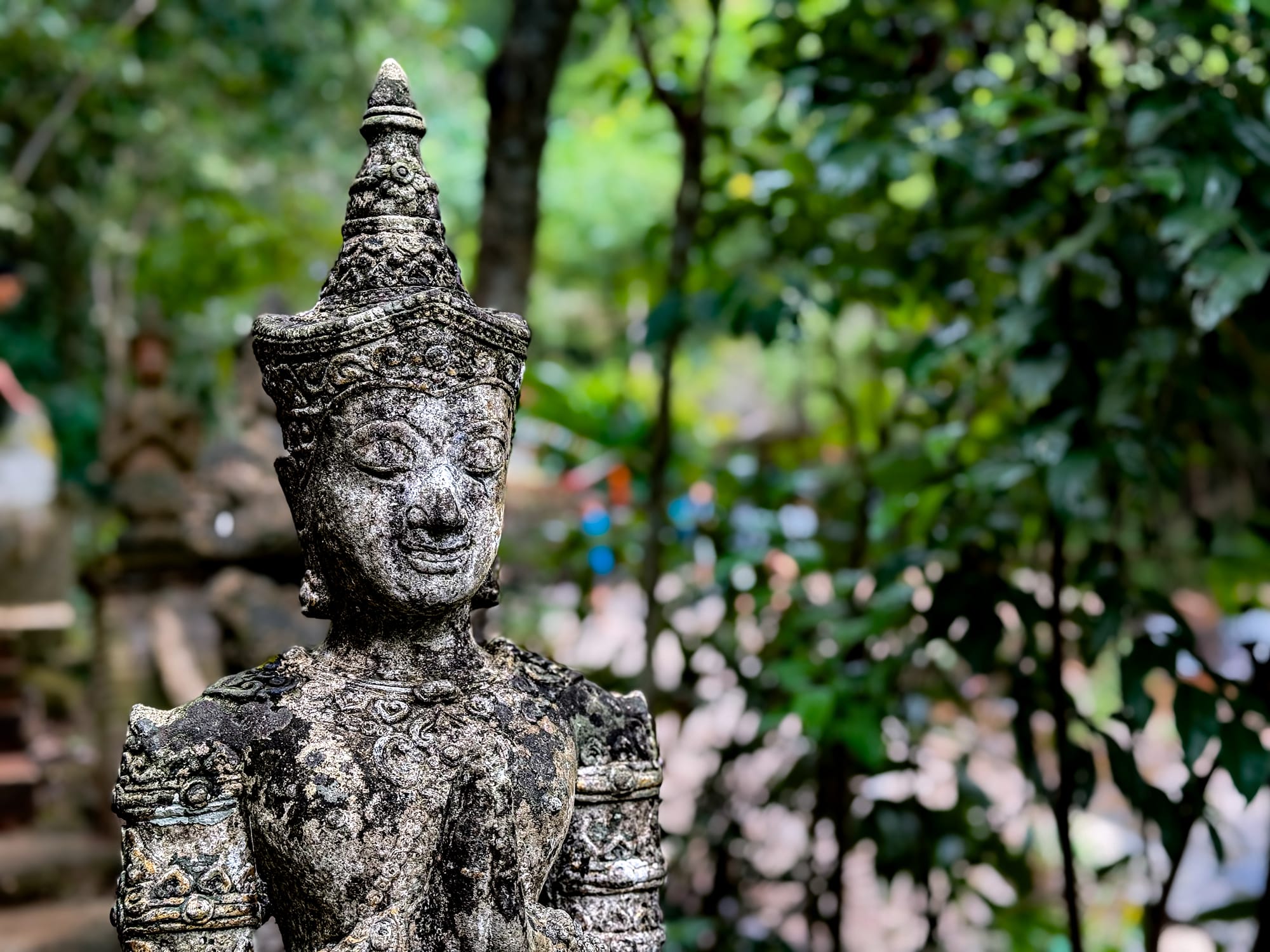
Wat Pha Lat is not crowded with tourists, which makes the experience feel even more intimate. Sitting on a worn stone bench, you can hear the stream that runs through the temple grounds and gaze out across Chiang Mai far below.
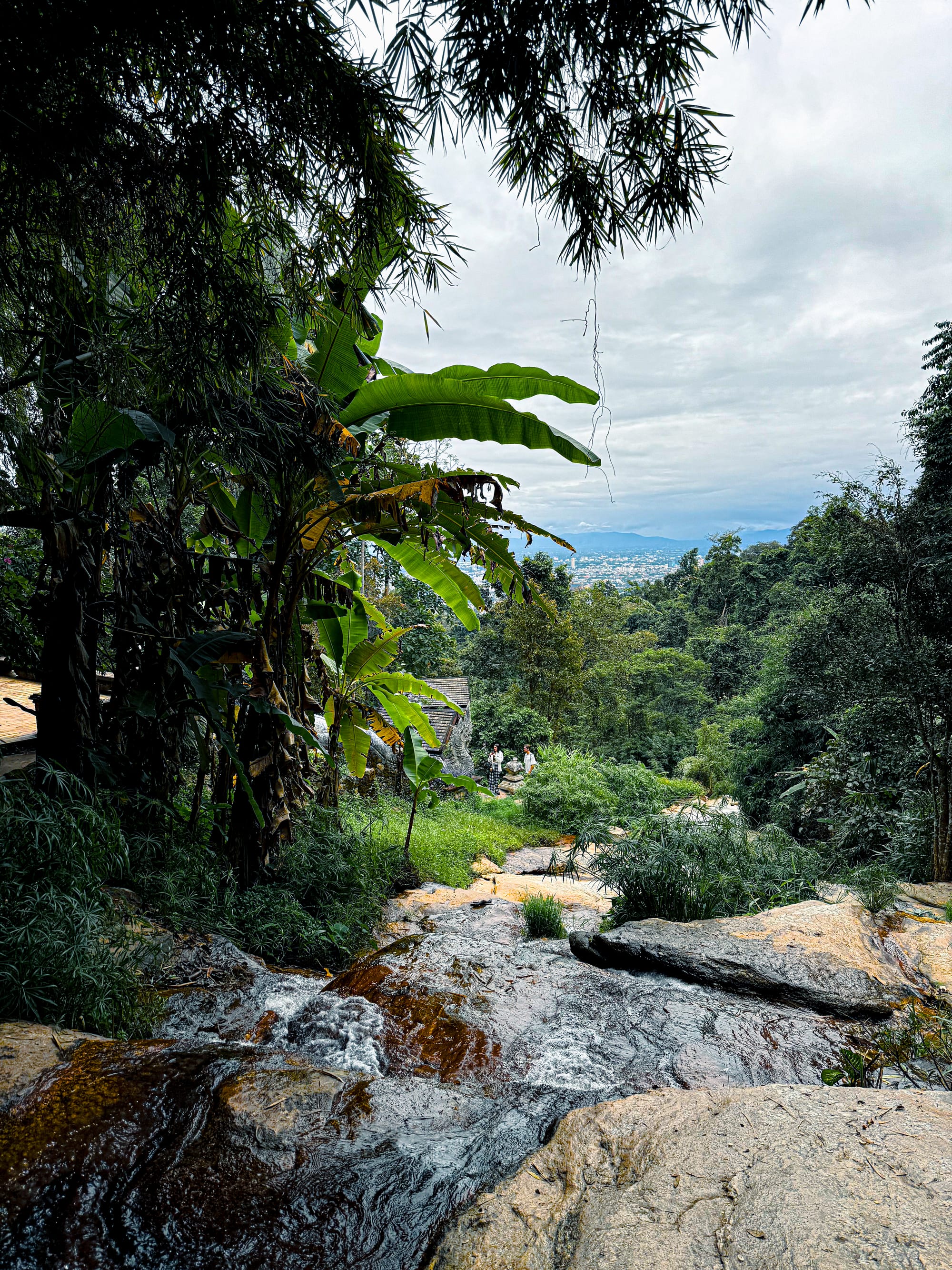
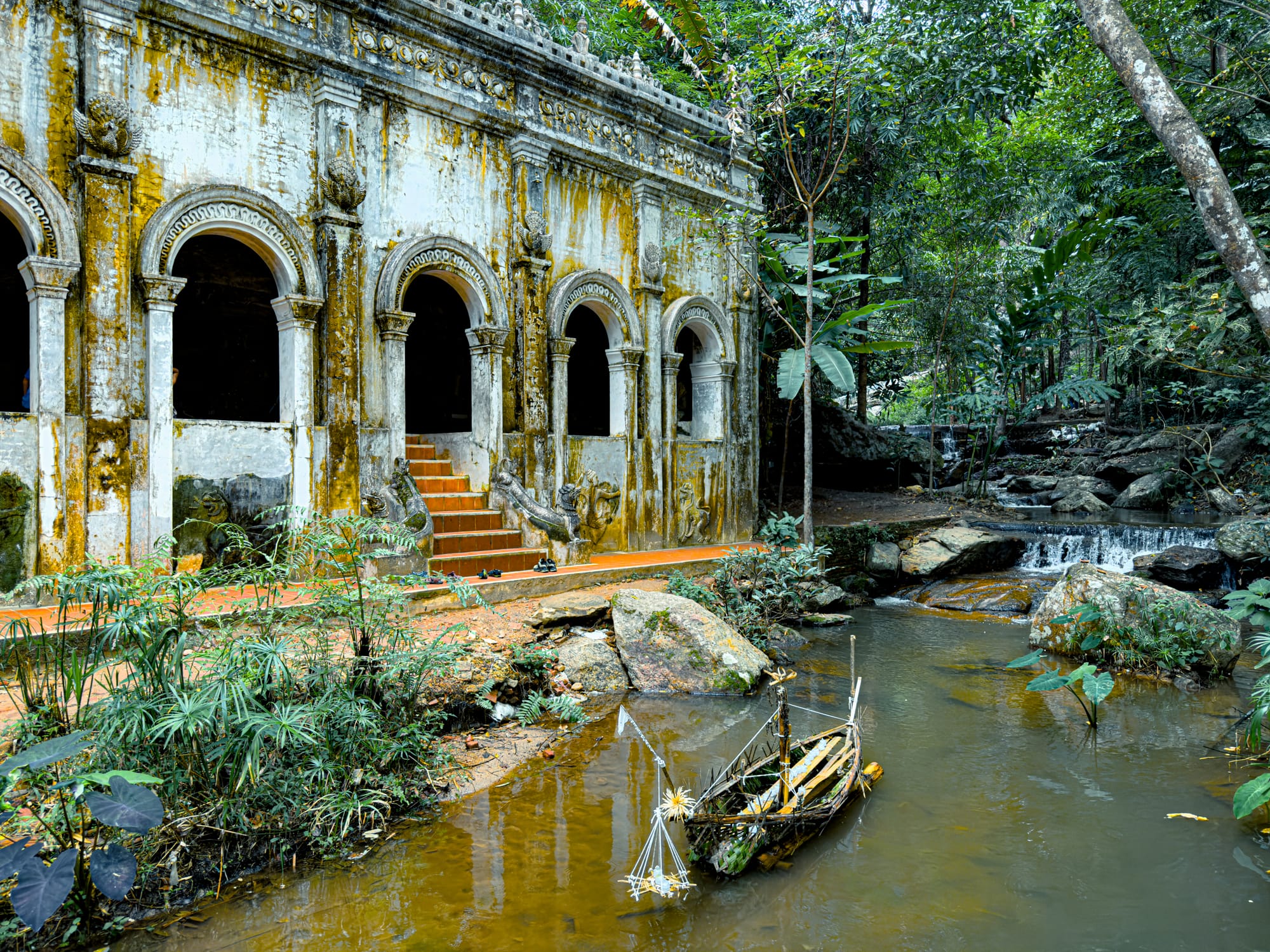
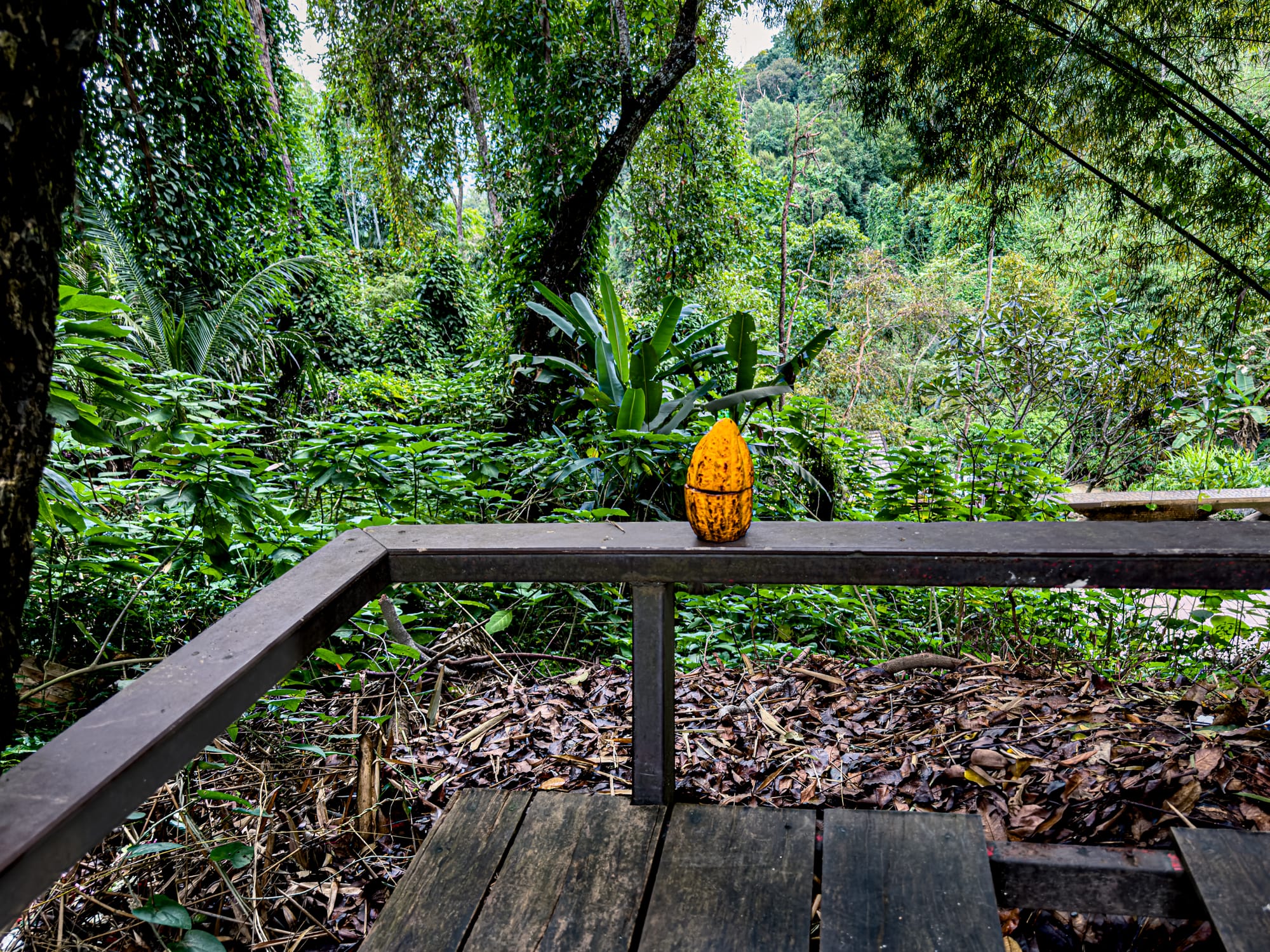
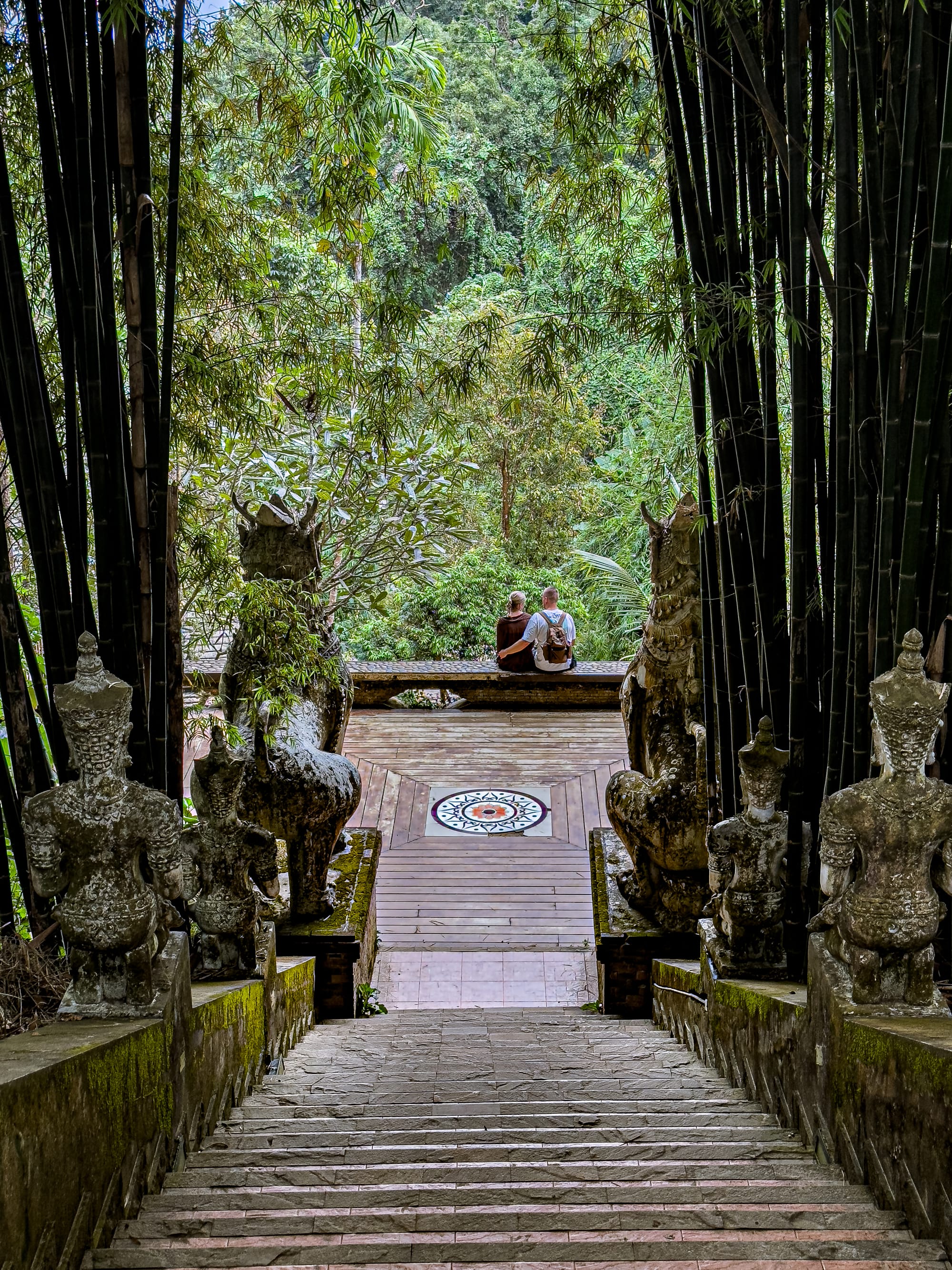
Scenes from Wat Pha Lat
The city seems distant, softened by haze, as though this hillside temple exists in a different world altogether.
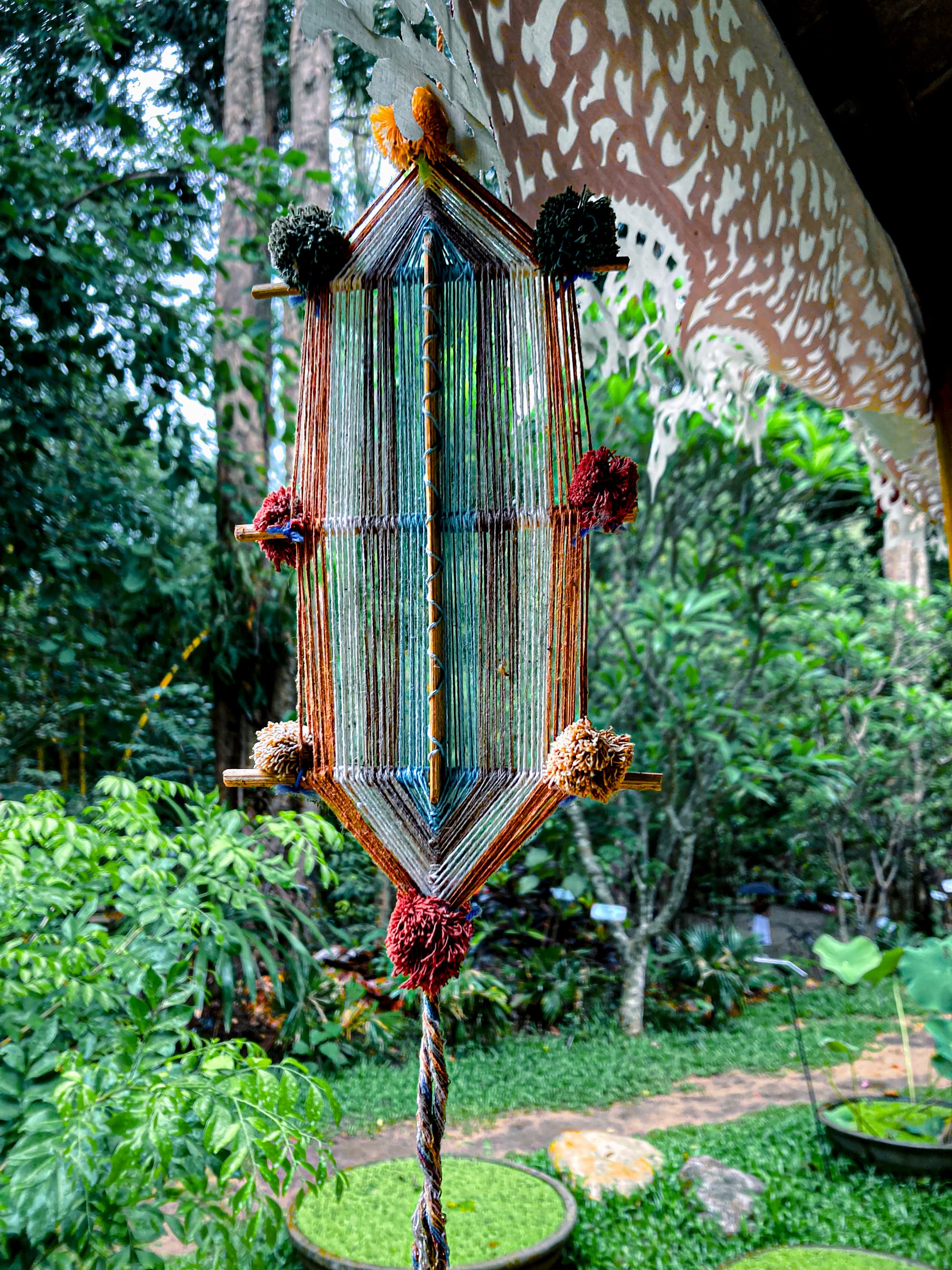
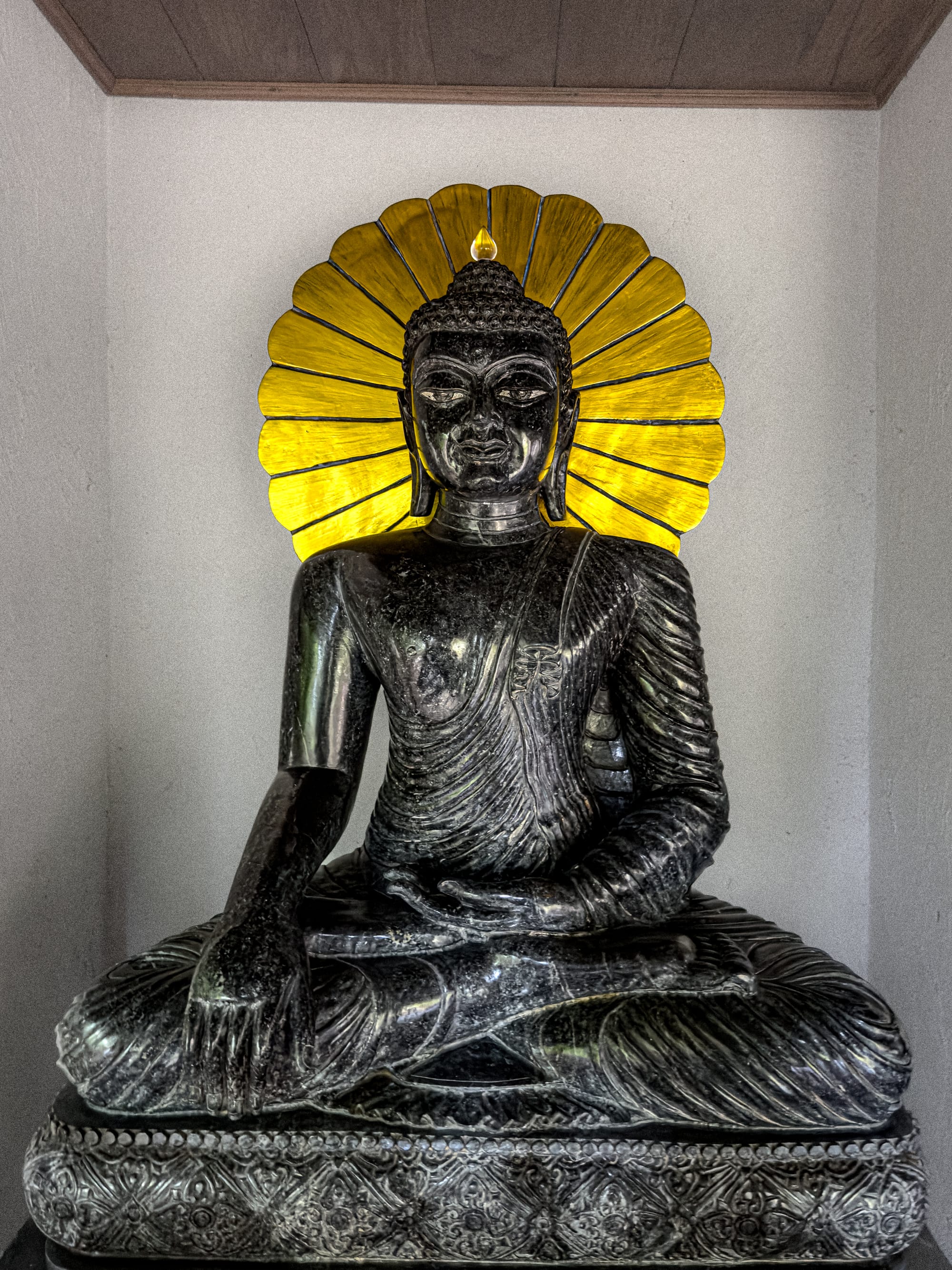
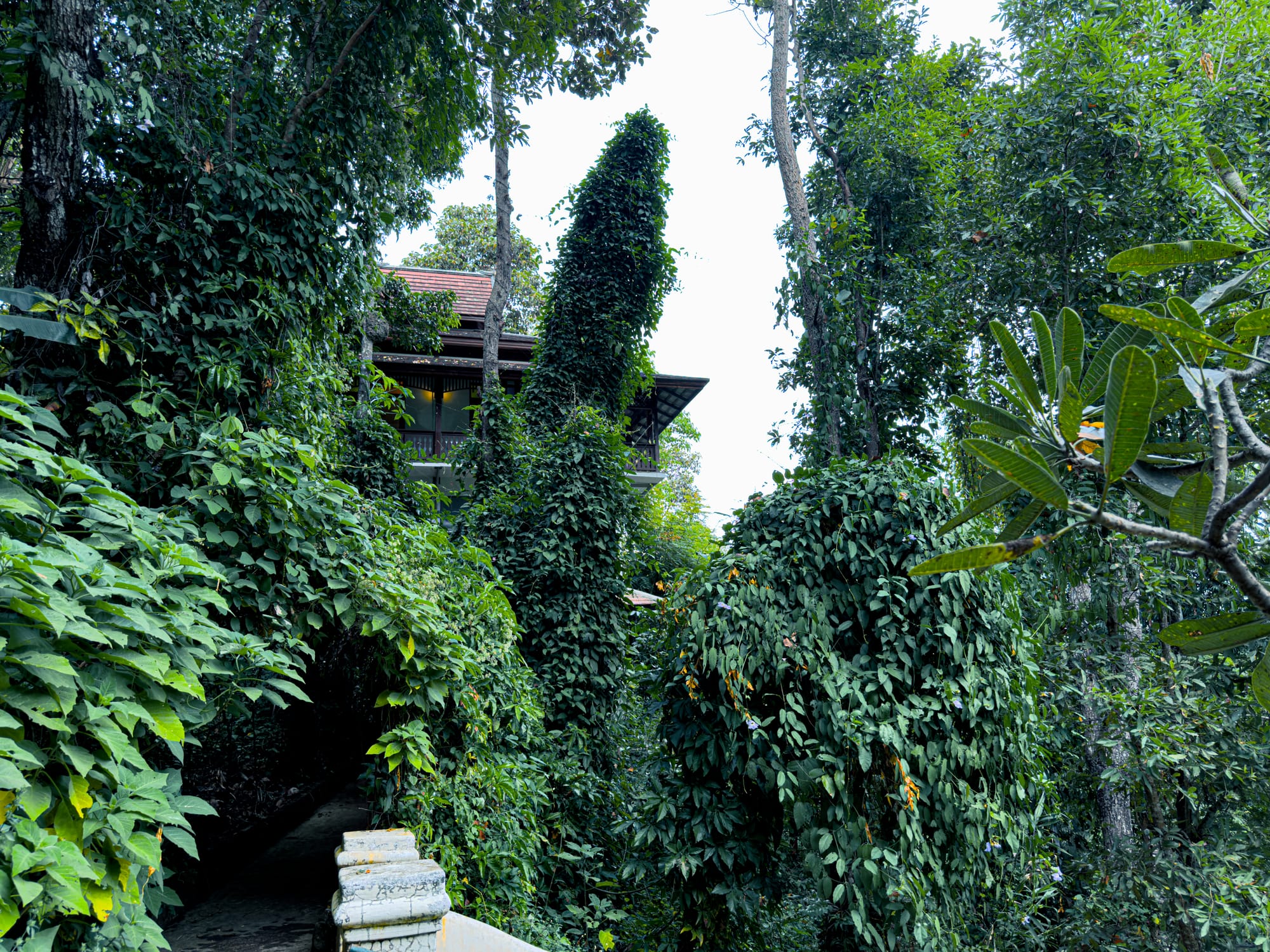
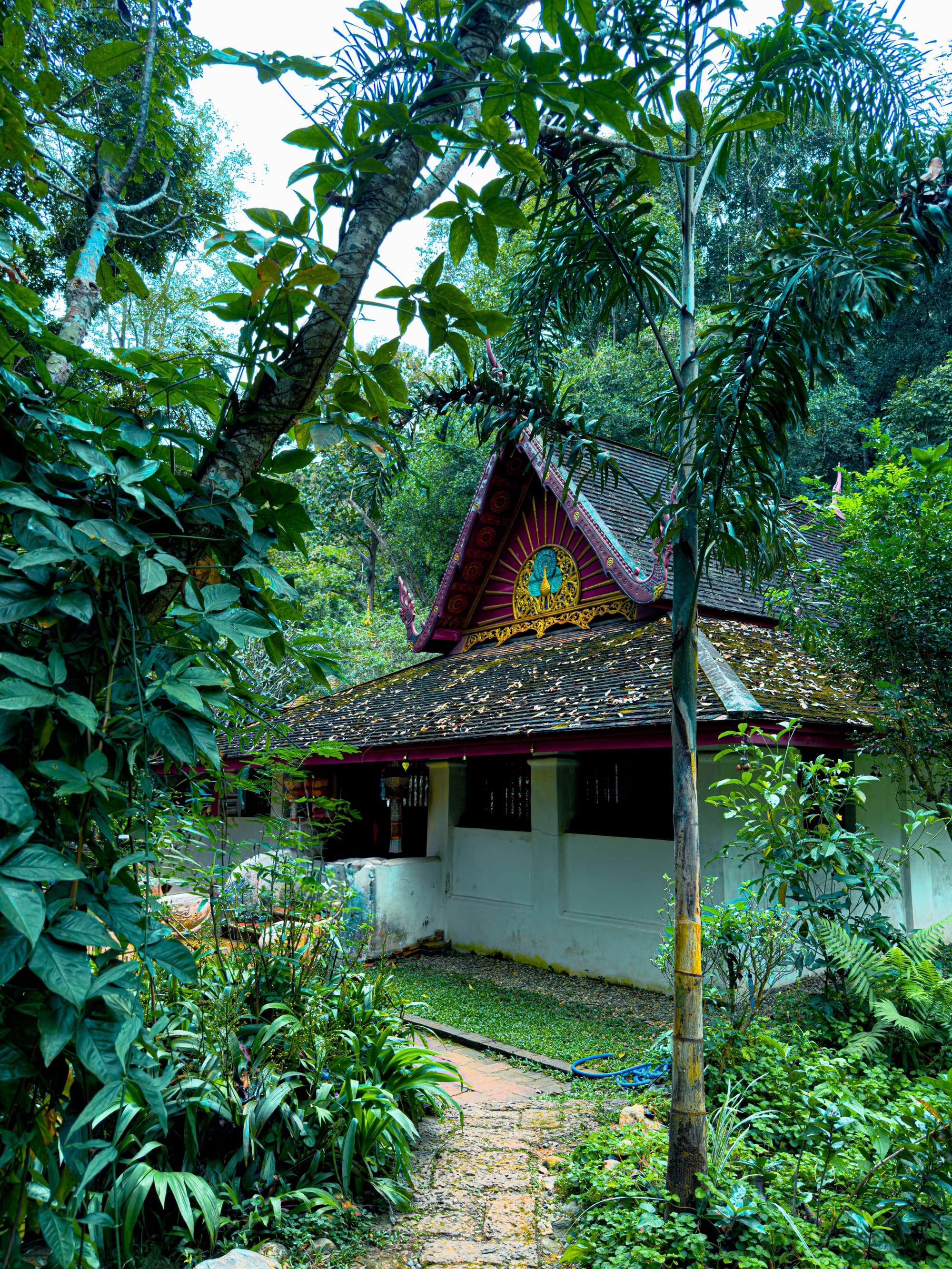
Scenes from Wat Pha Lat
Many travelers describe the temple as otherworldly, and it’s easy to see why—it feels like a sanctuary that time has forgotten, a pocket of forest where human devotion and natural beauty coexist effortlessly.
The living rhythm of the Monk’s Trail
One of the most moving aspects of the Monk’s Trail is its continuity. For locals, the trail is not only a historic relic but also a living spiritual corridor.
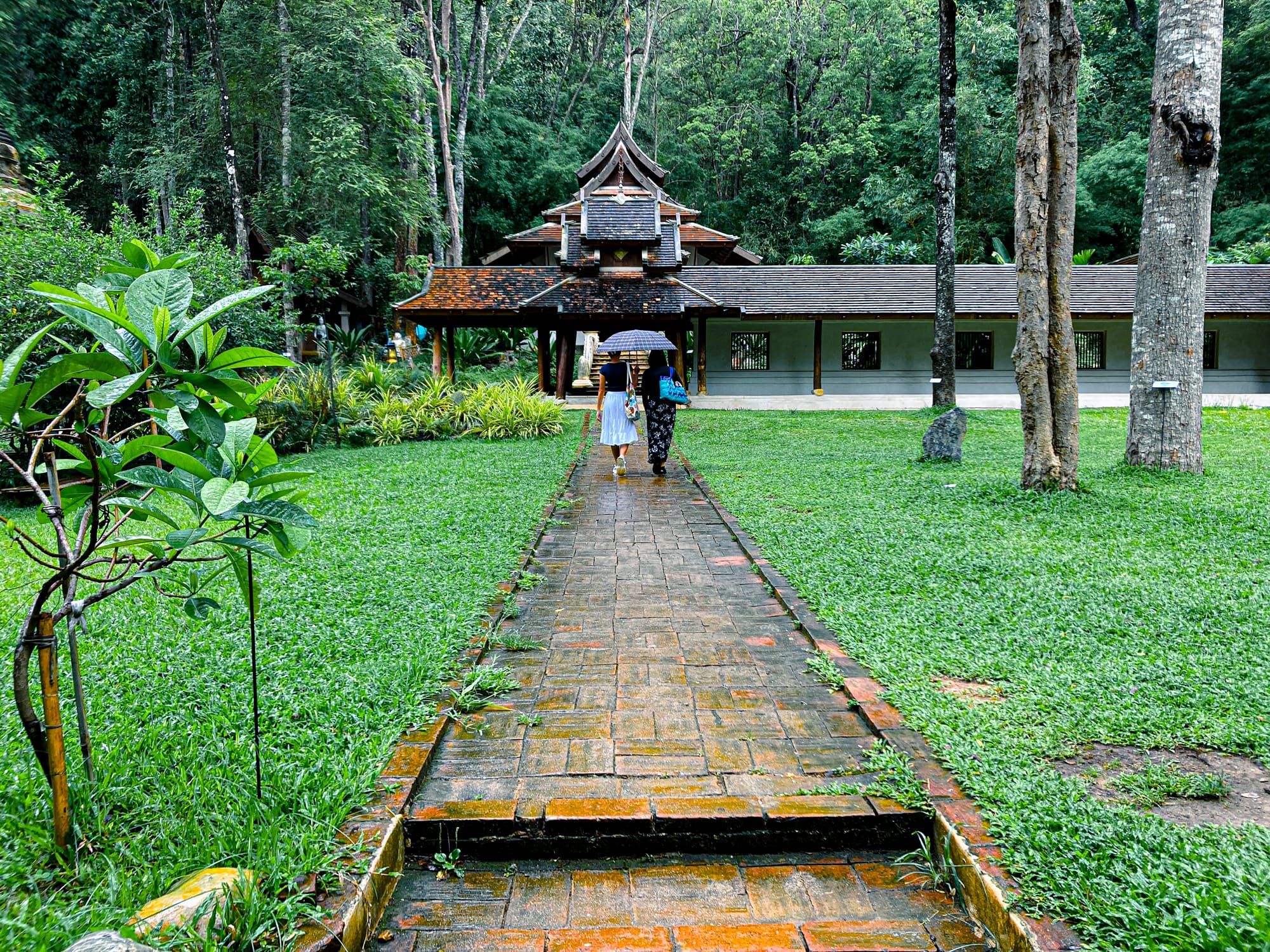
Monks still use it as part of their daily rhythms, carrying alms or making their way up to meditate in solitude at Wat Pha Lat or further toward Doi Suthep. Seeing them walk barefoot over the forest floor or pause by a stream reminds you that this path remains a sacred artery, connecting city life to mountain devotion.
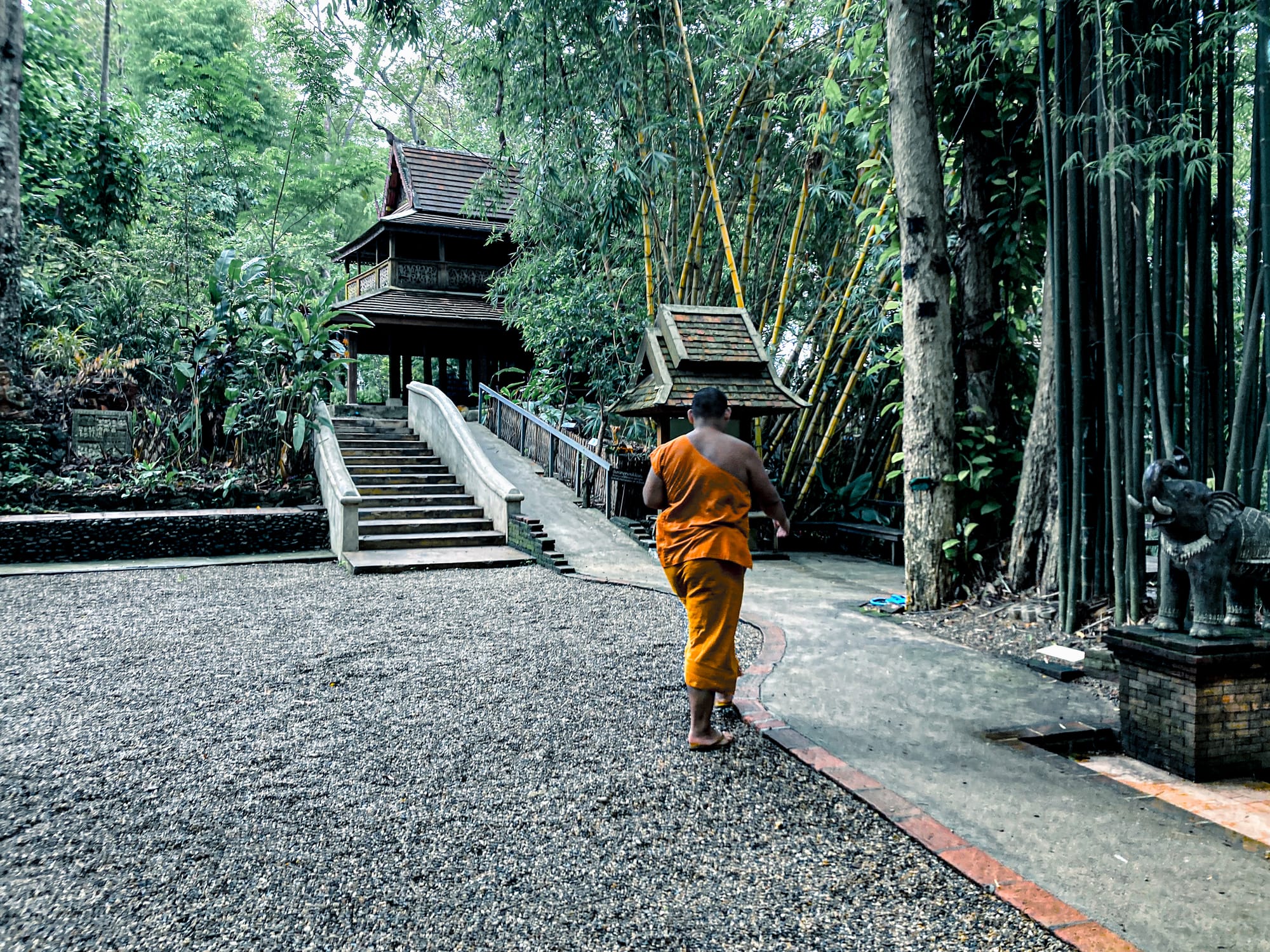
For visitors, walking the Monk’s Trail offers not just the chance to witness this tradition but to participate in it—even briefly.
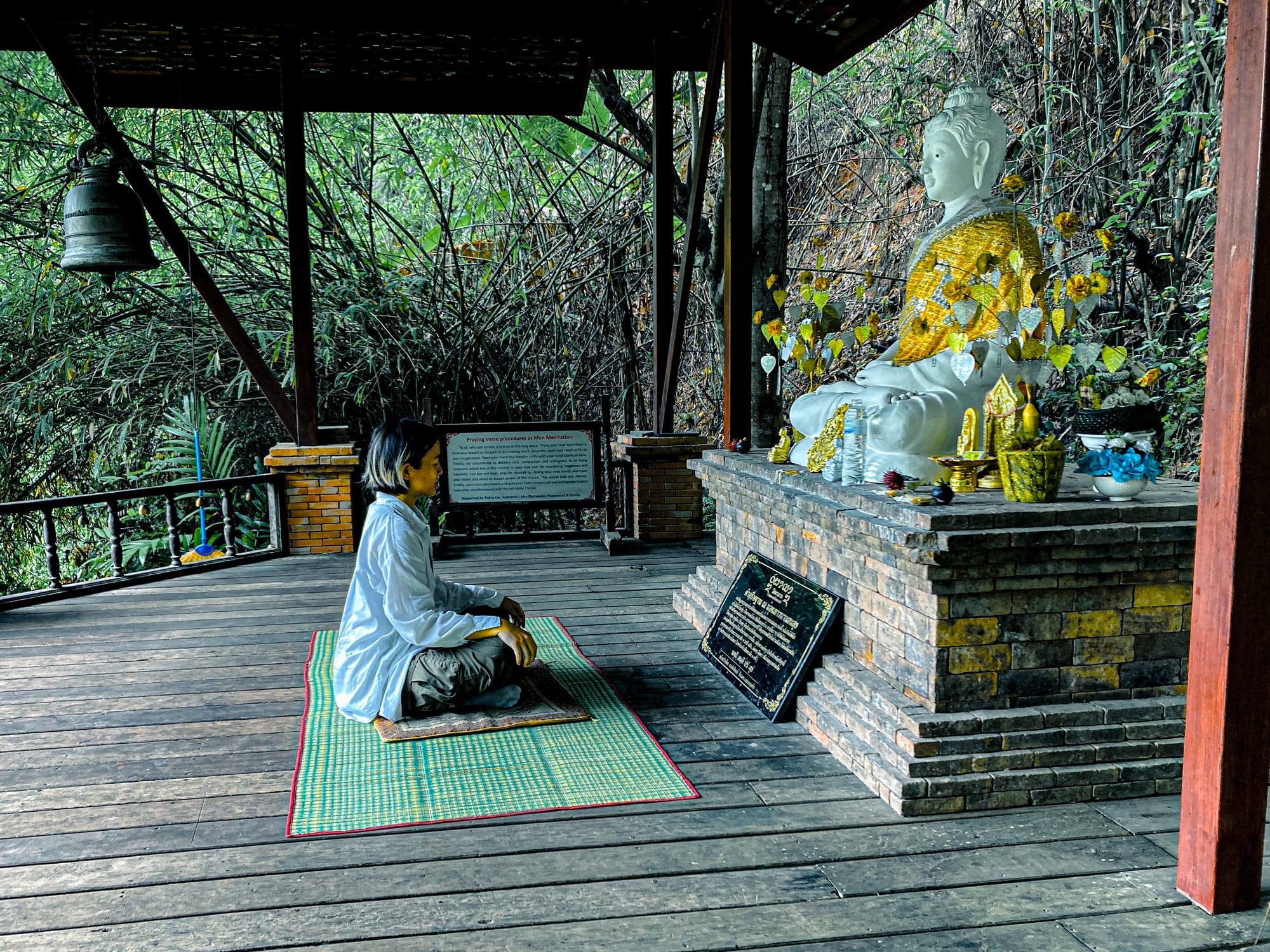
Each step up the earthen trail feels like an invitation to move with greater intention, to breathe deeper, and to let the forest draw you closer to silence.
A place where nature and spirit meet
Hiking the Monk’s Trail to Wat Pha Lat is not simply an outdoor excursion; it’s a passage through living history and spiritual depth. The trail carries legends of elephants and relics, yet it is animated daily by the presence of monks who continue to honor its sacred purpose.
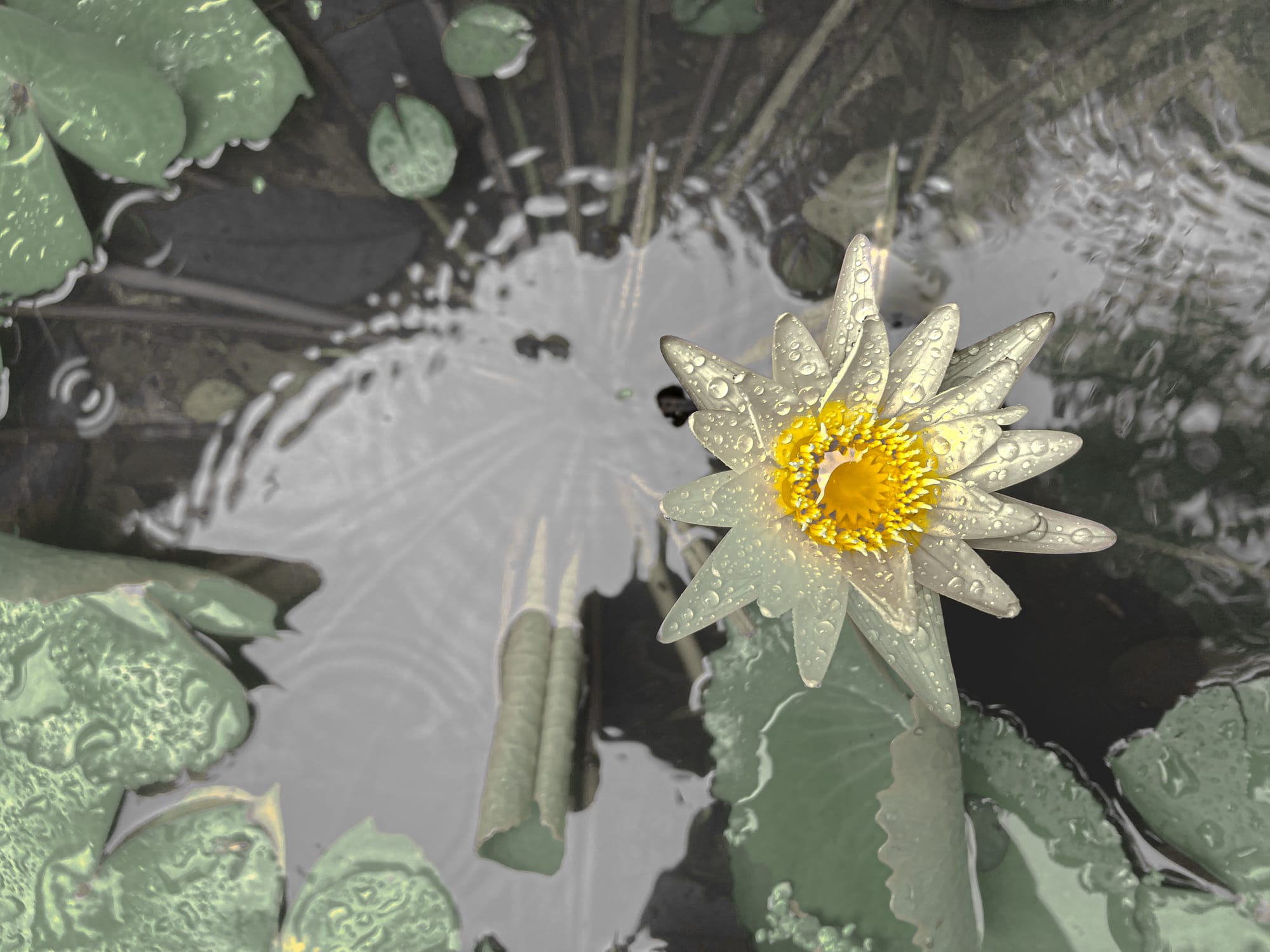
Arriving at Wat Pha Lat feels like stepping into a hidden sanctuary, where stone, water, and forest merge in reverence. It is, for many, one of Chiang Mai’s most magical experiences—a chance to walk in the footsteps of monks, to breathe with the forest, and to glimpse the city below from a place that feels touched by the eternal.






